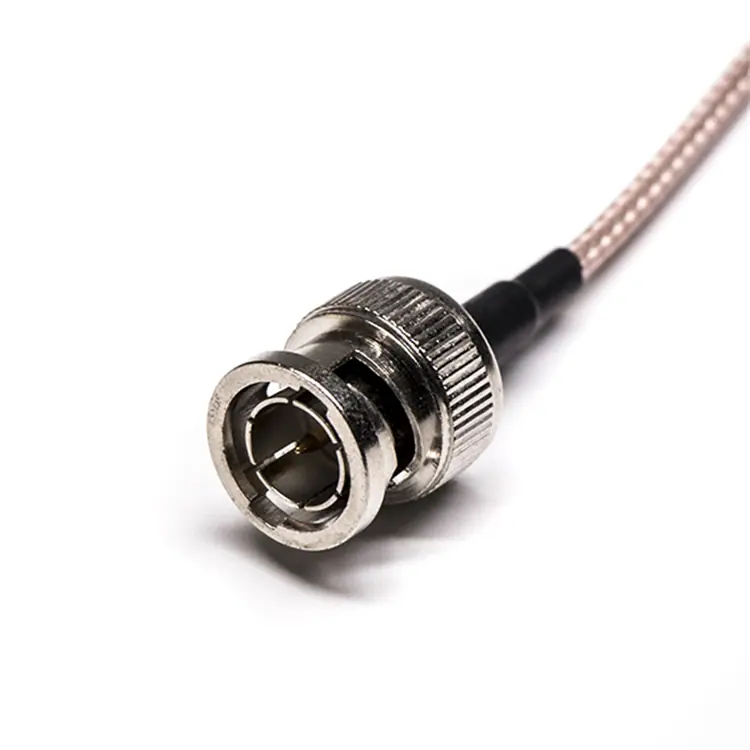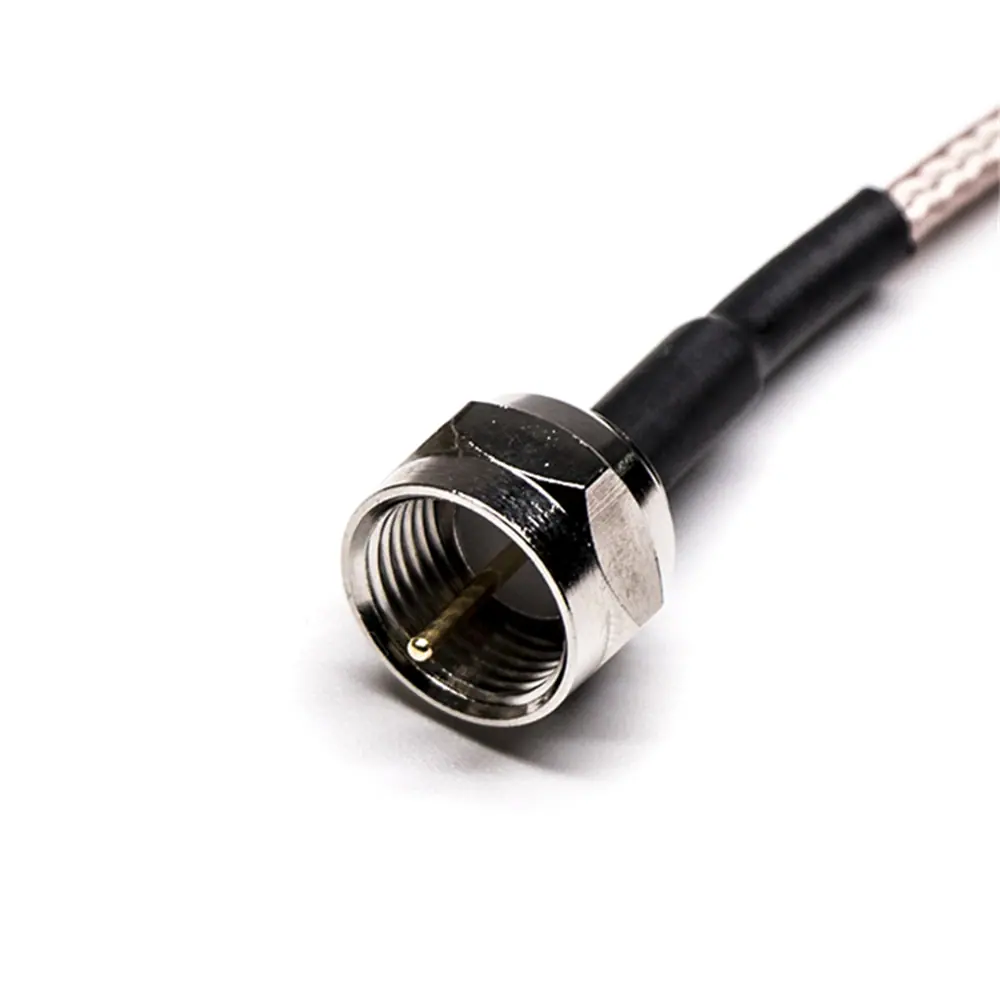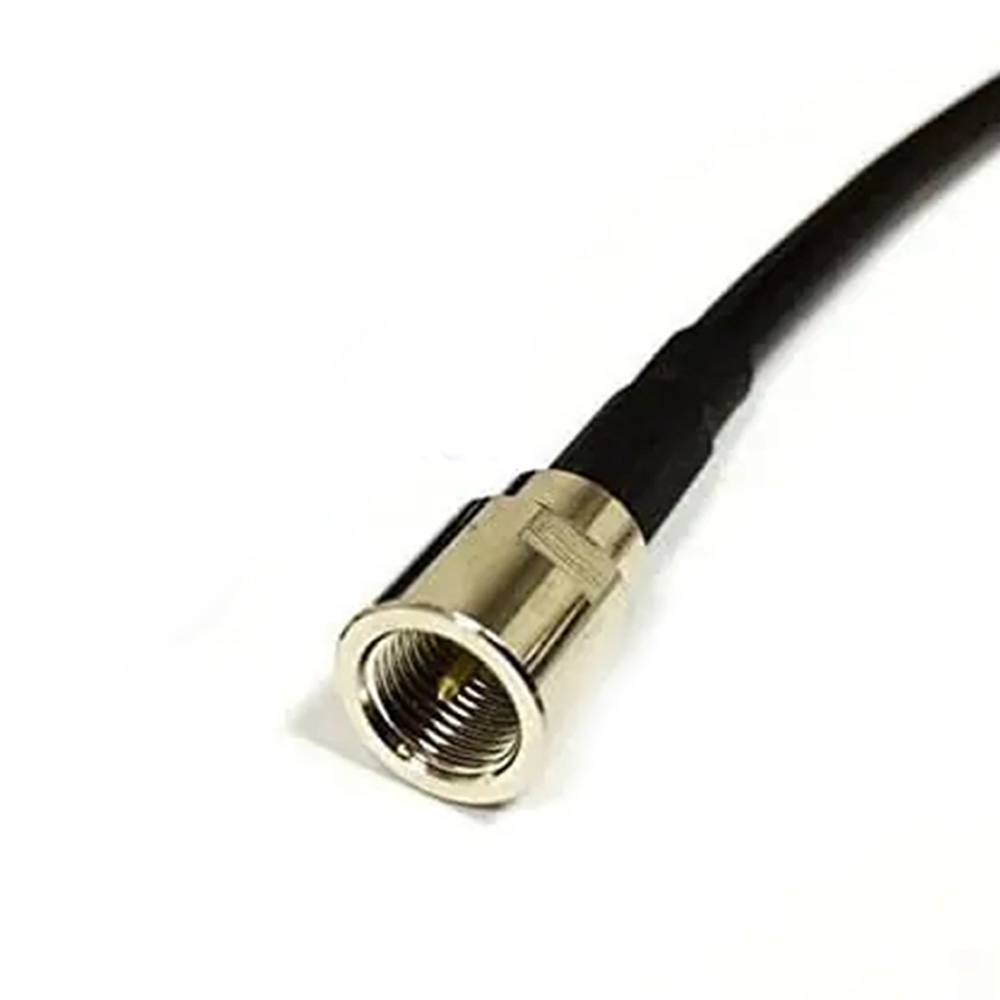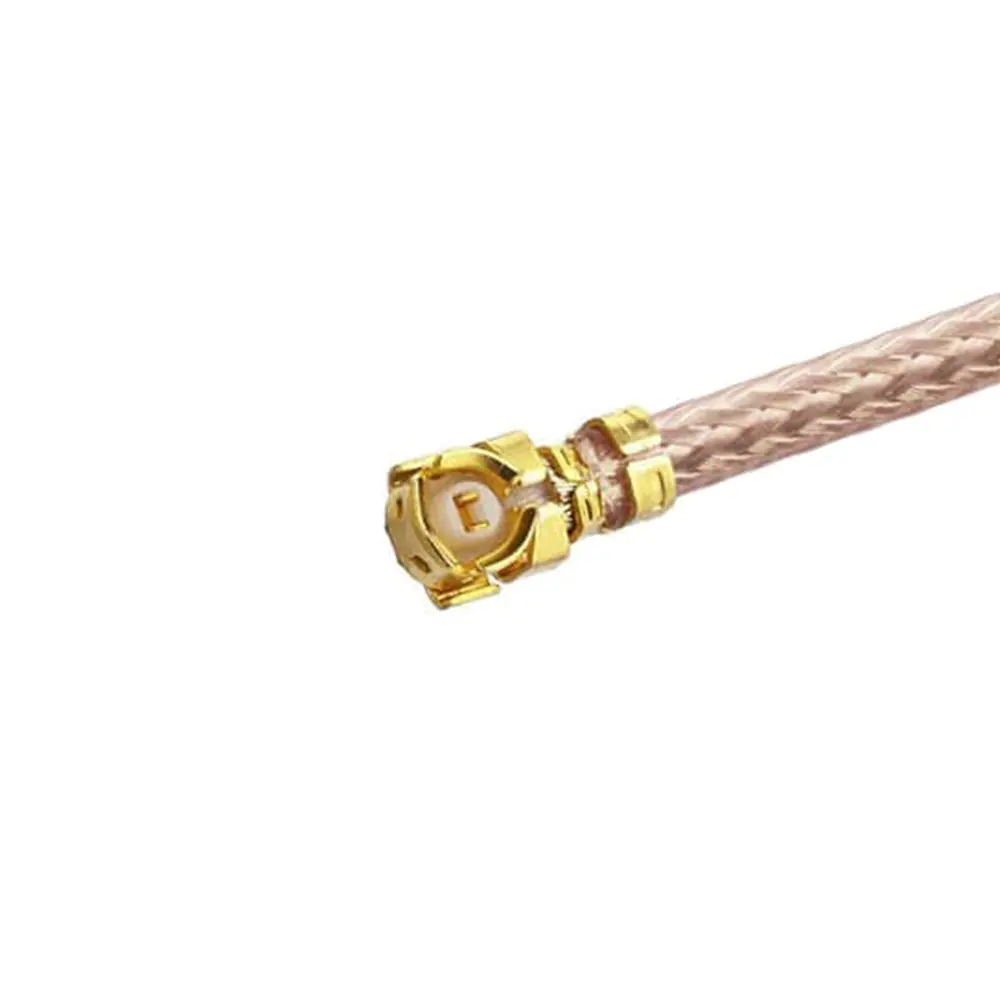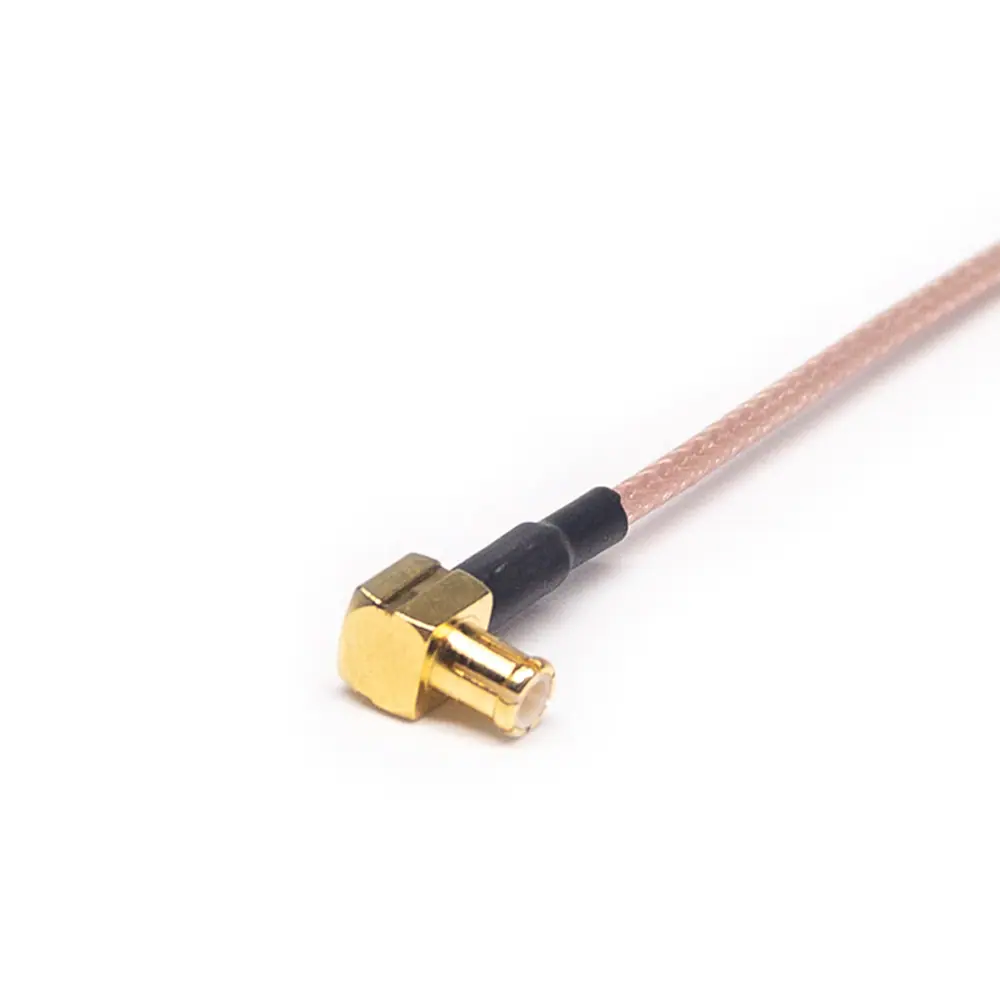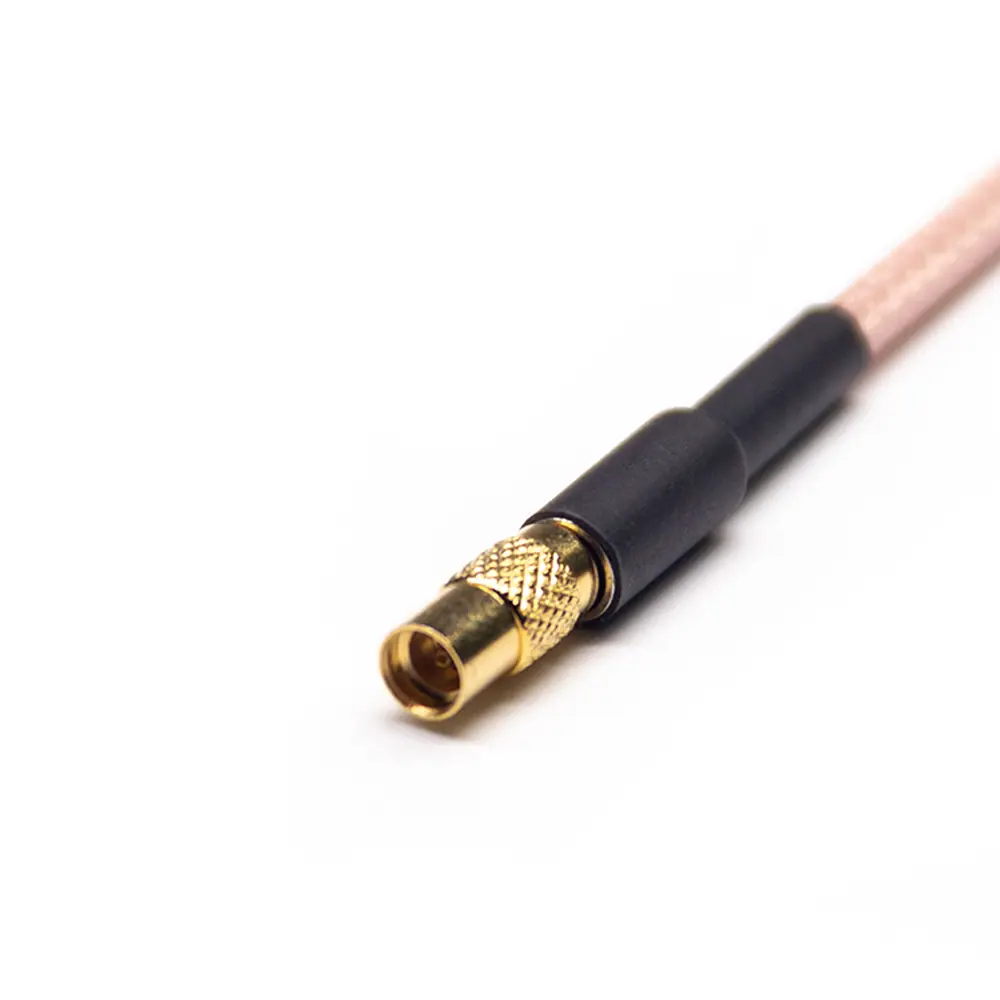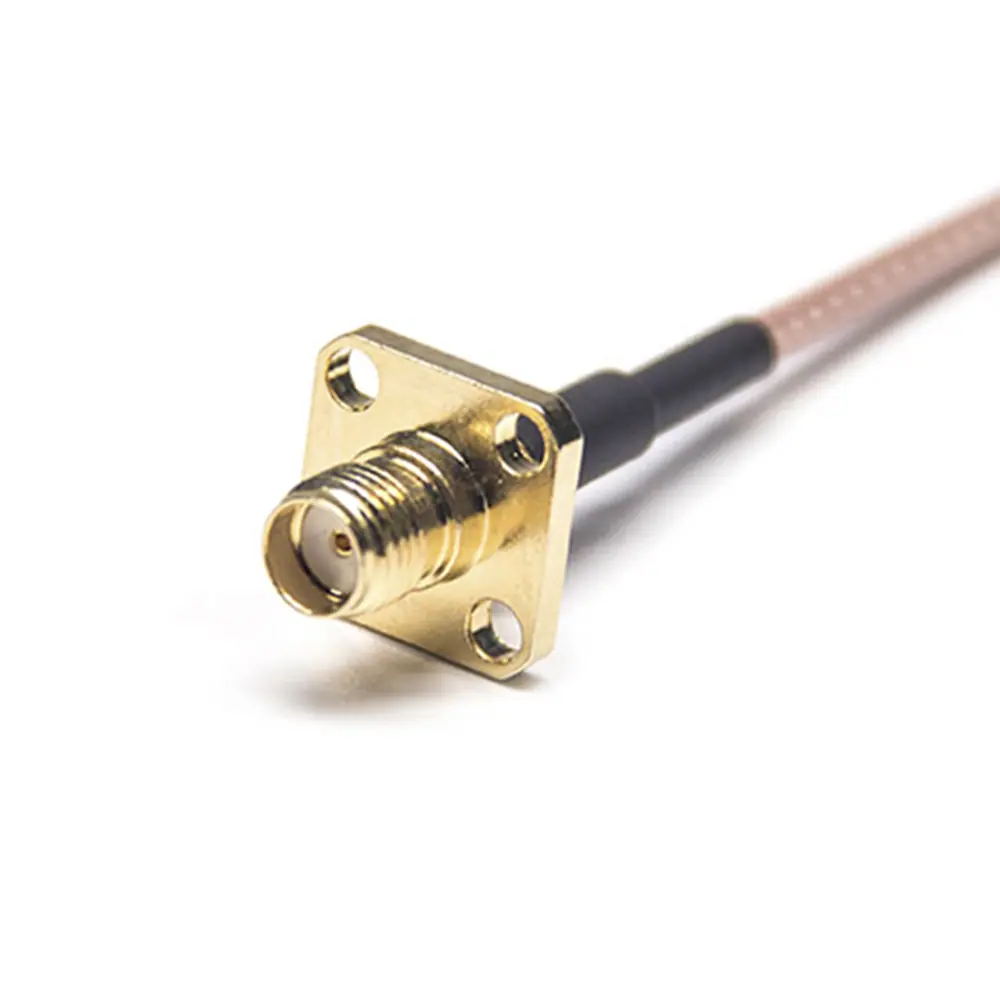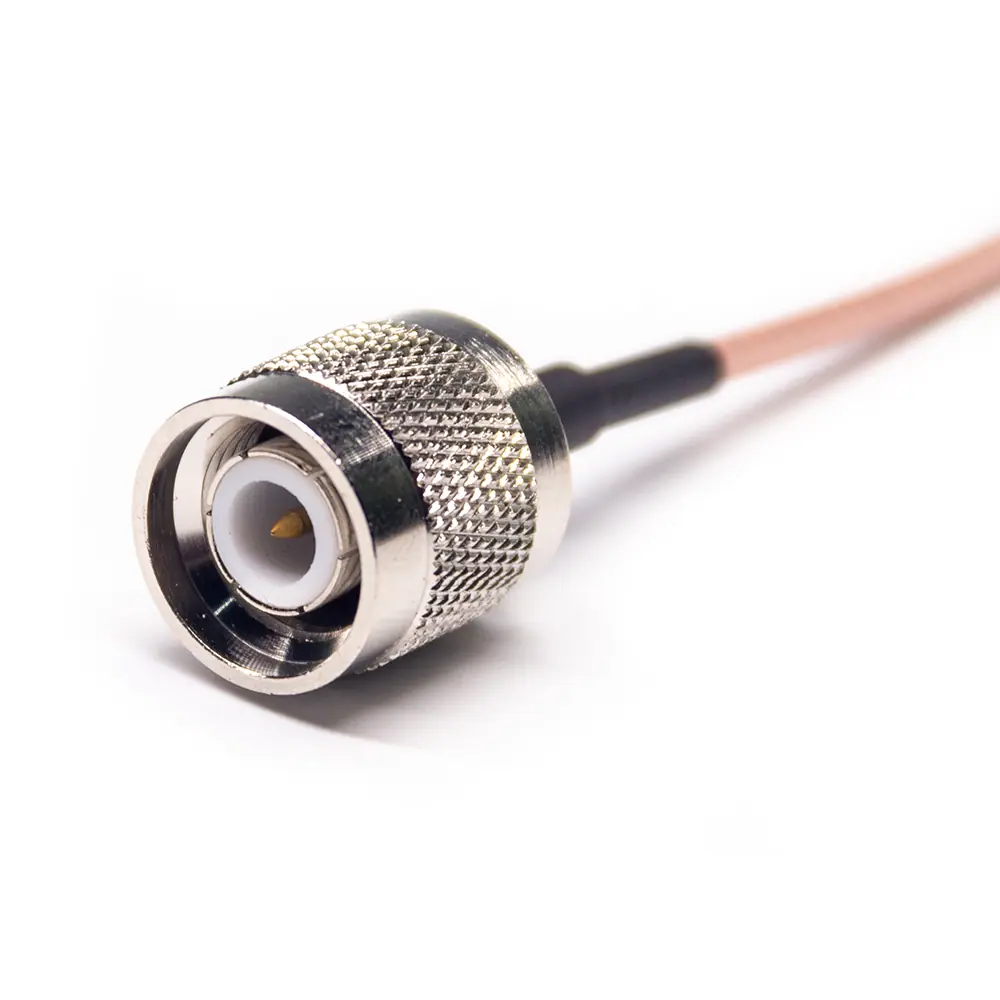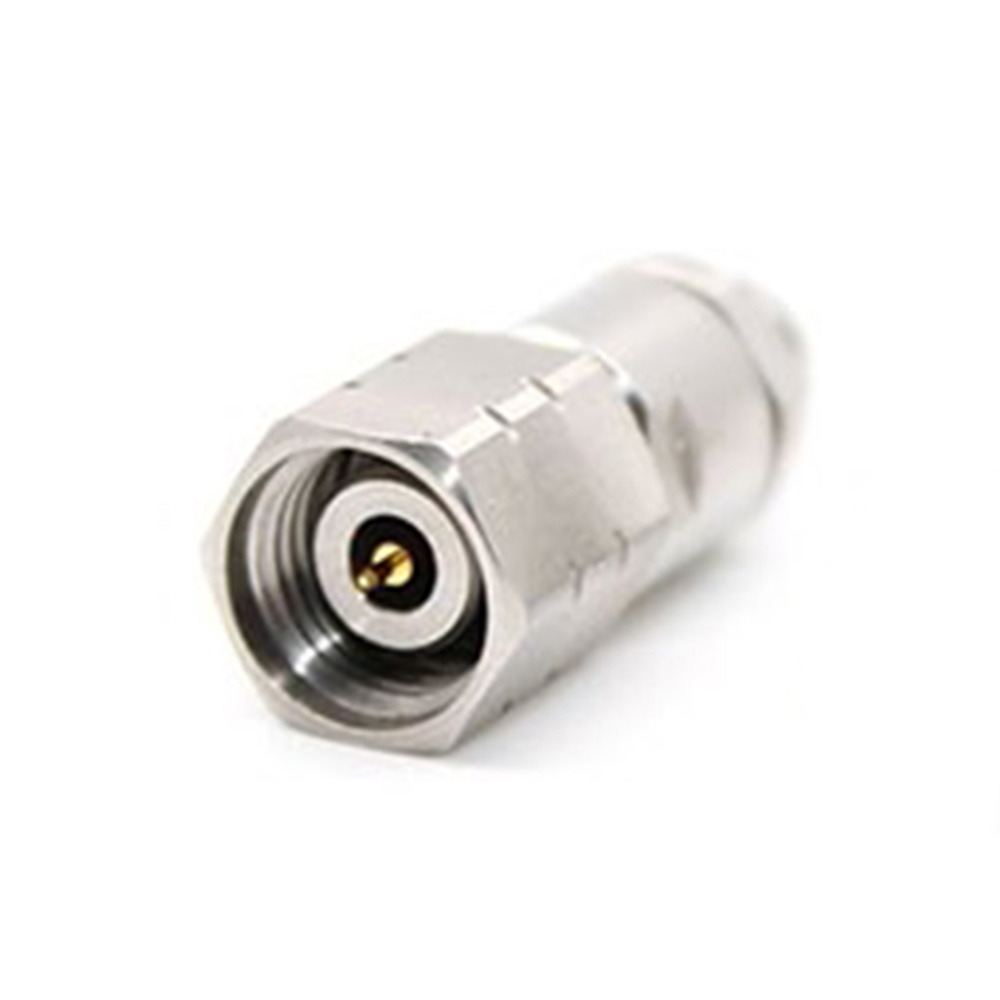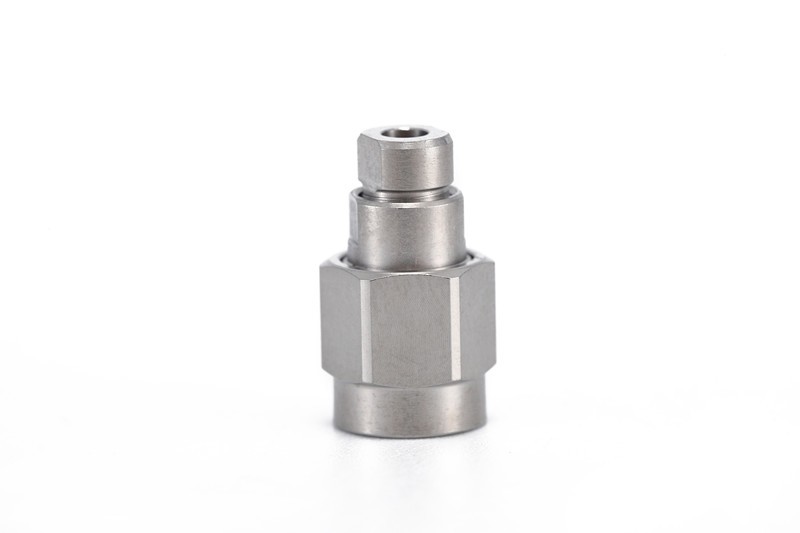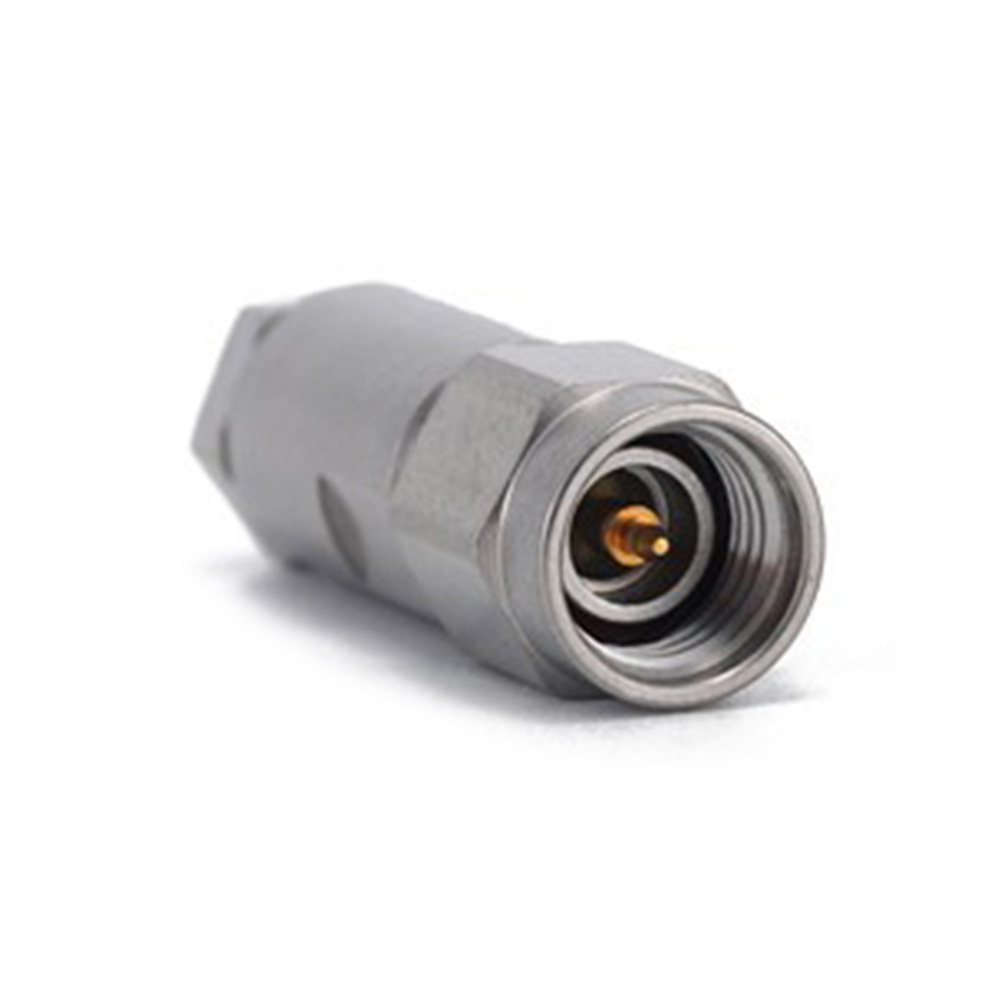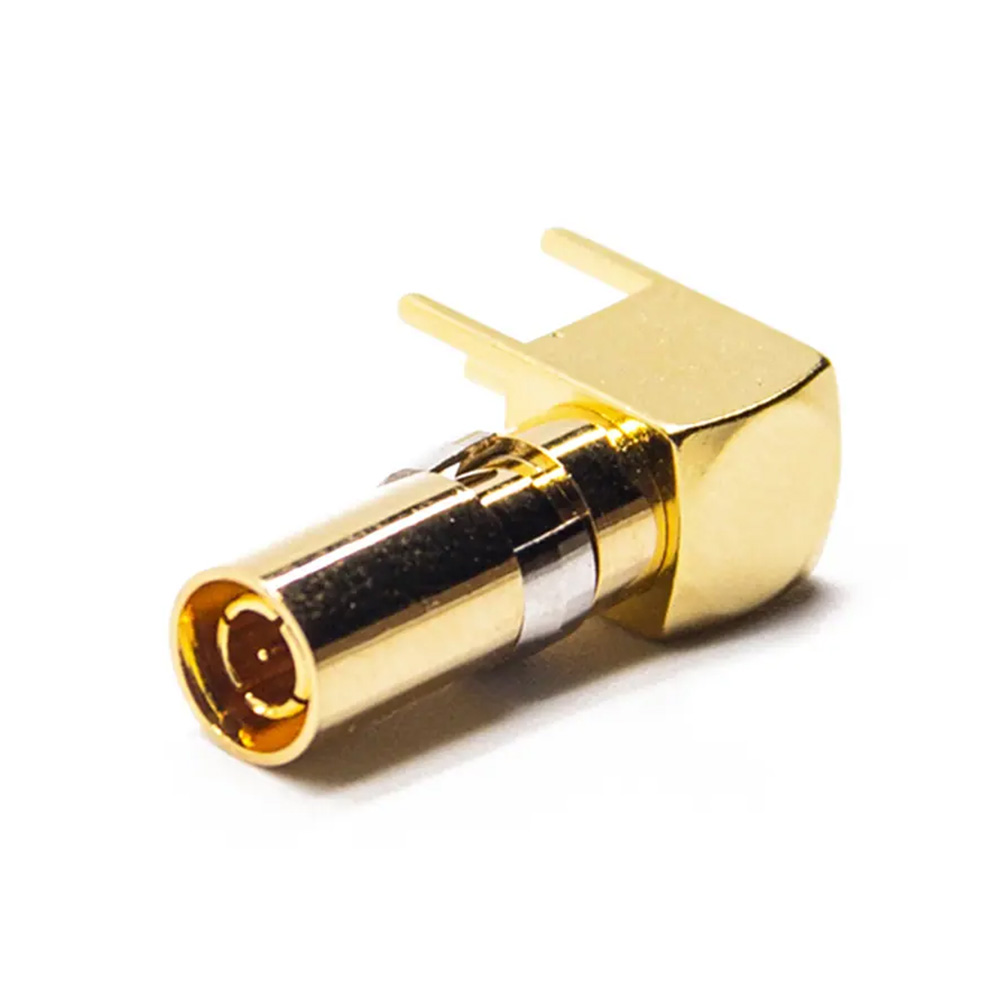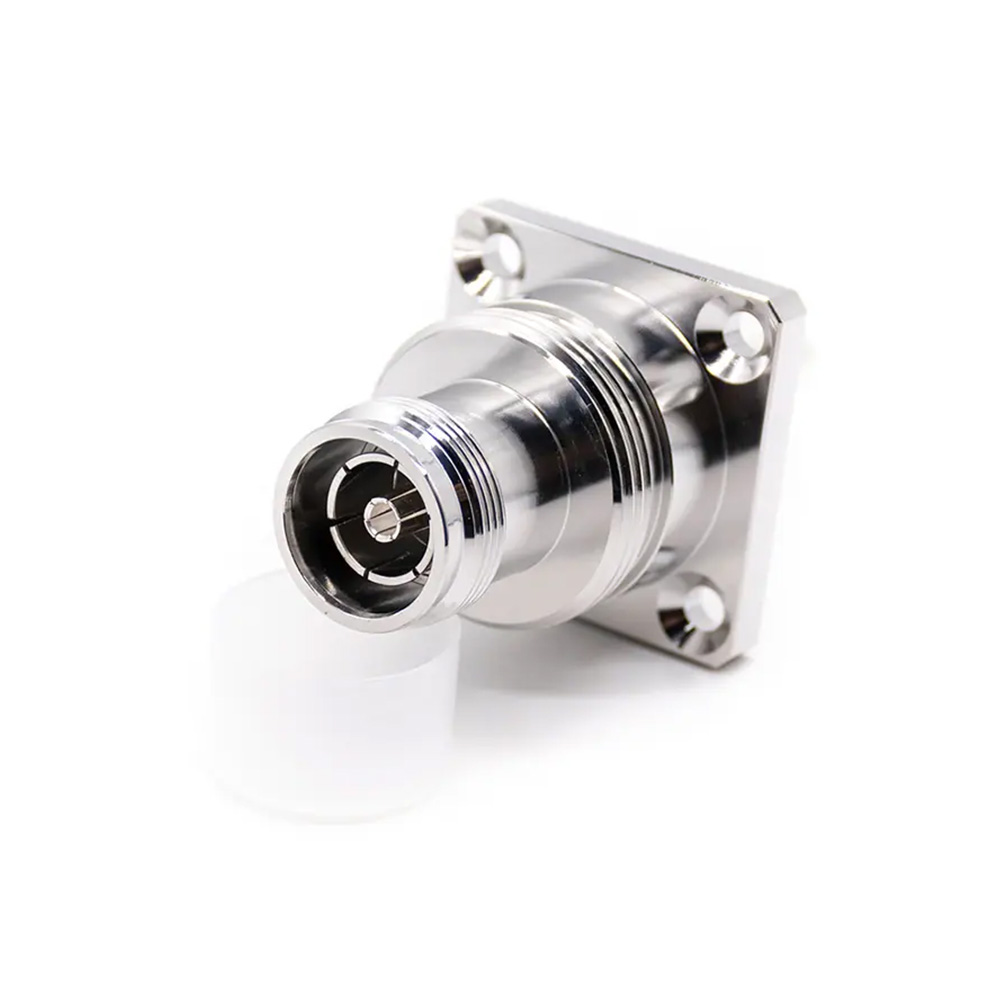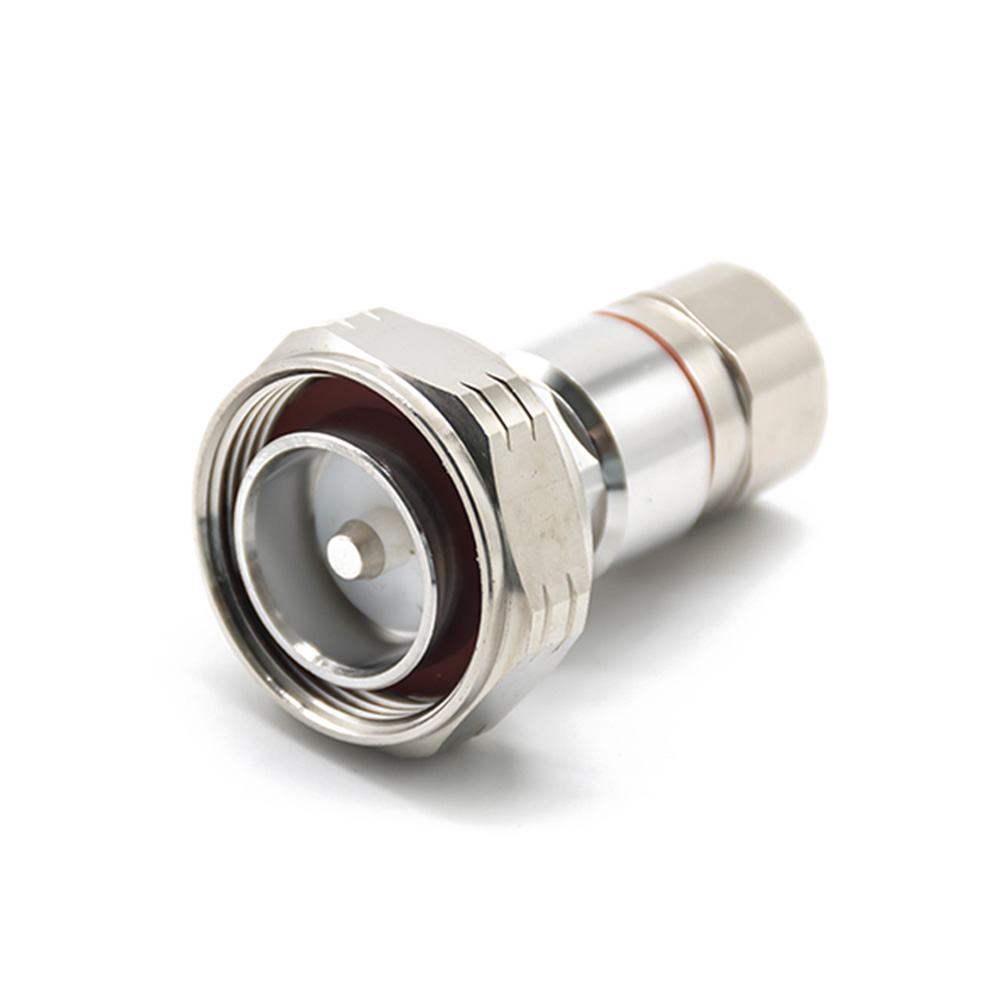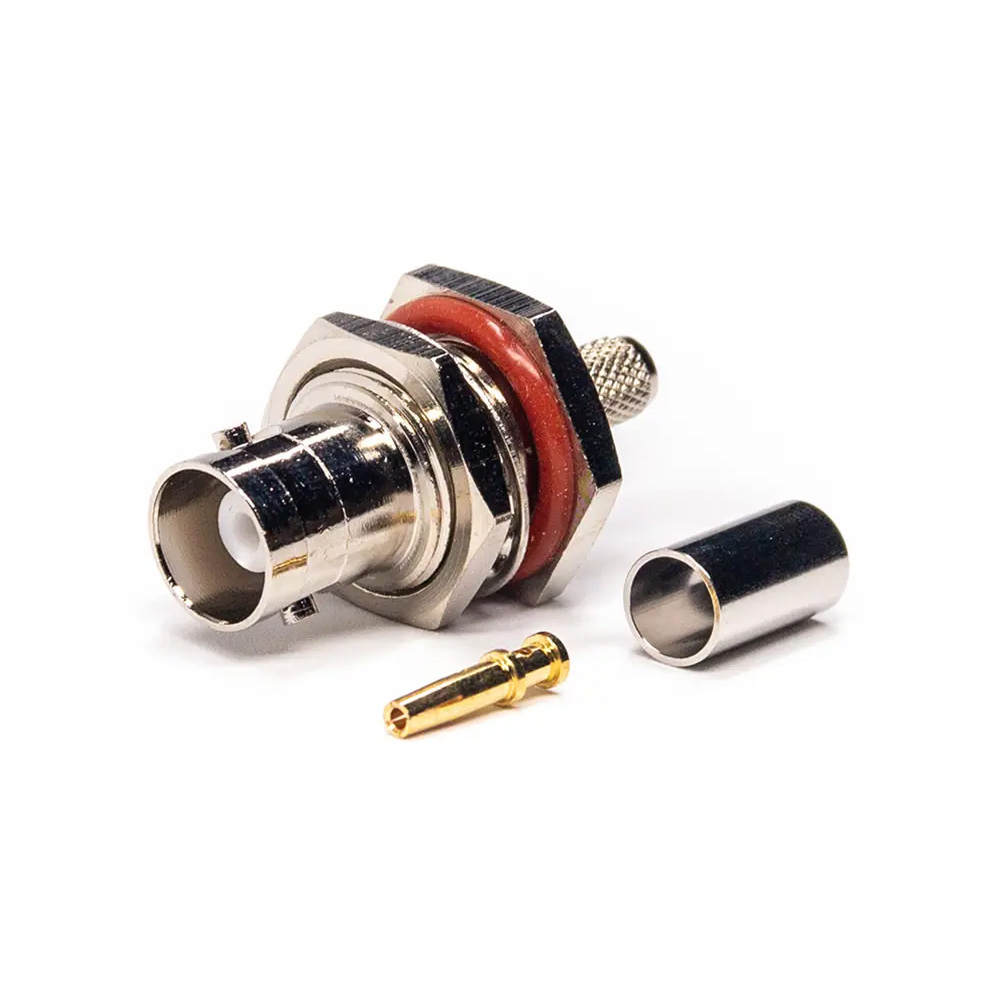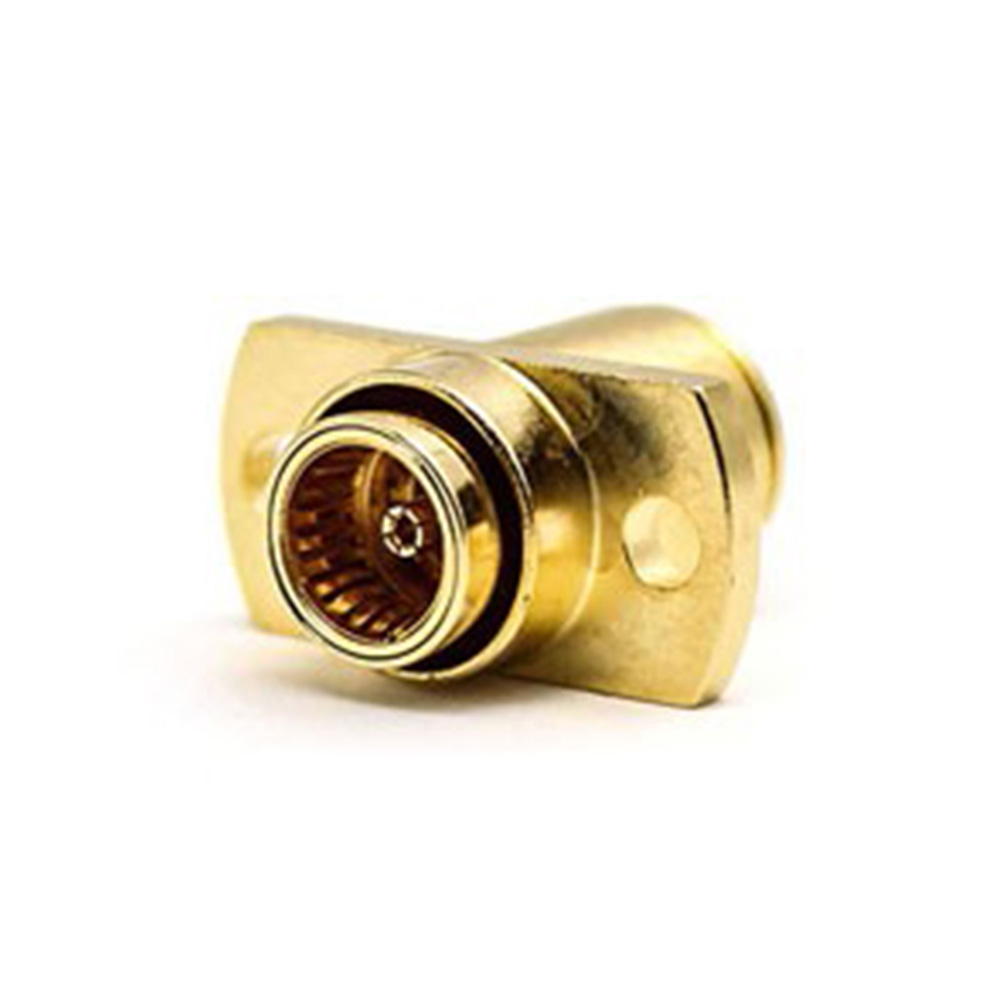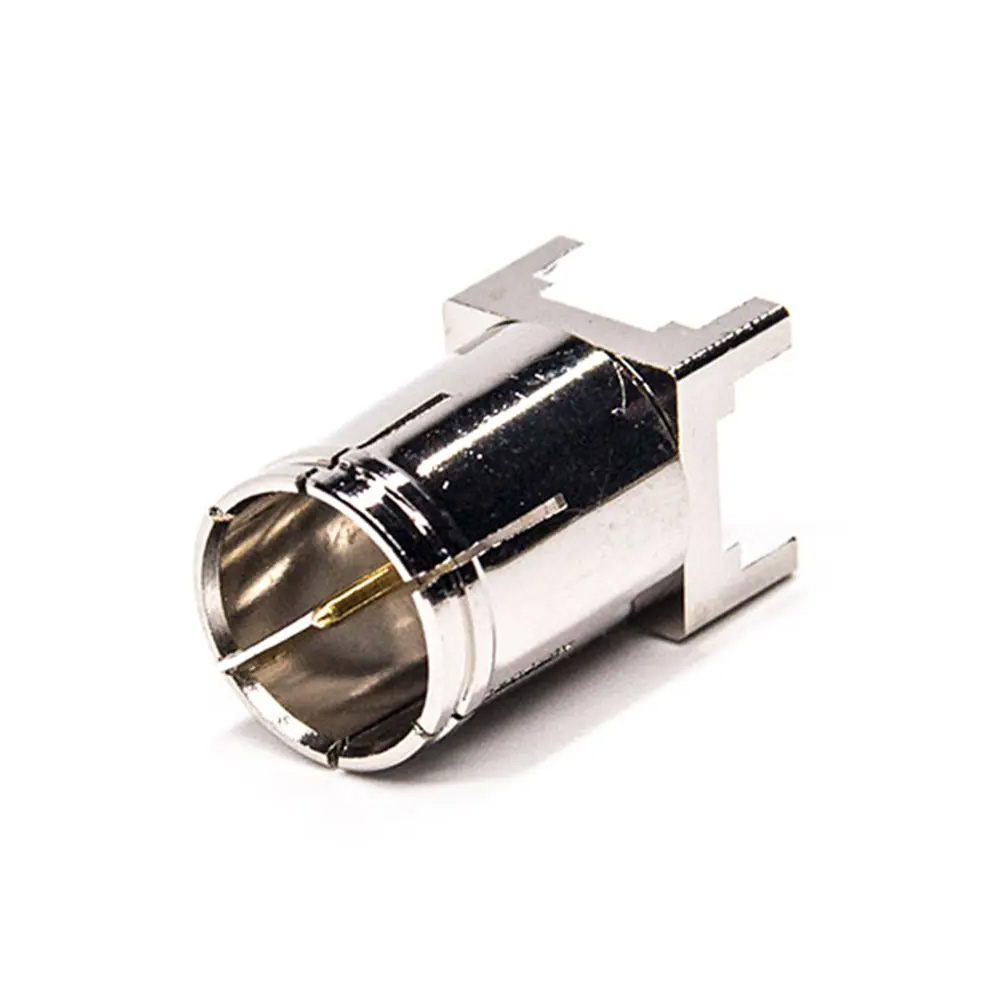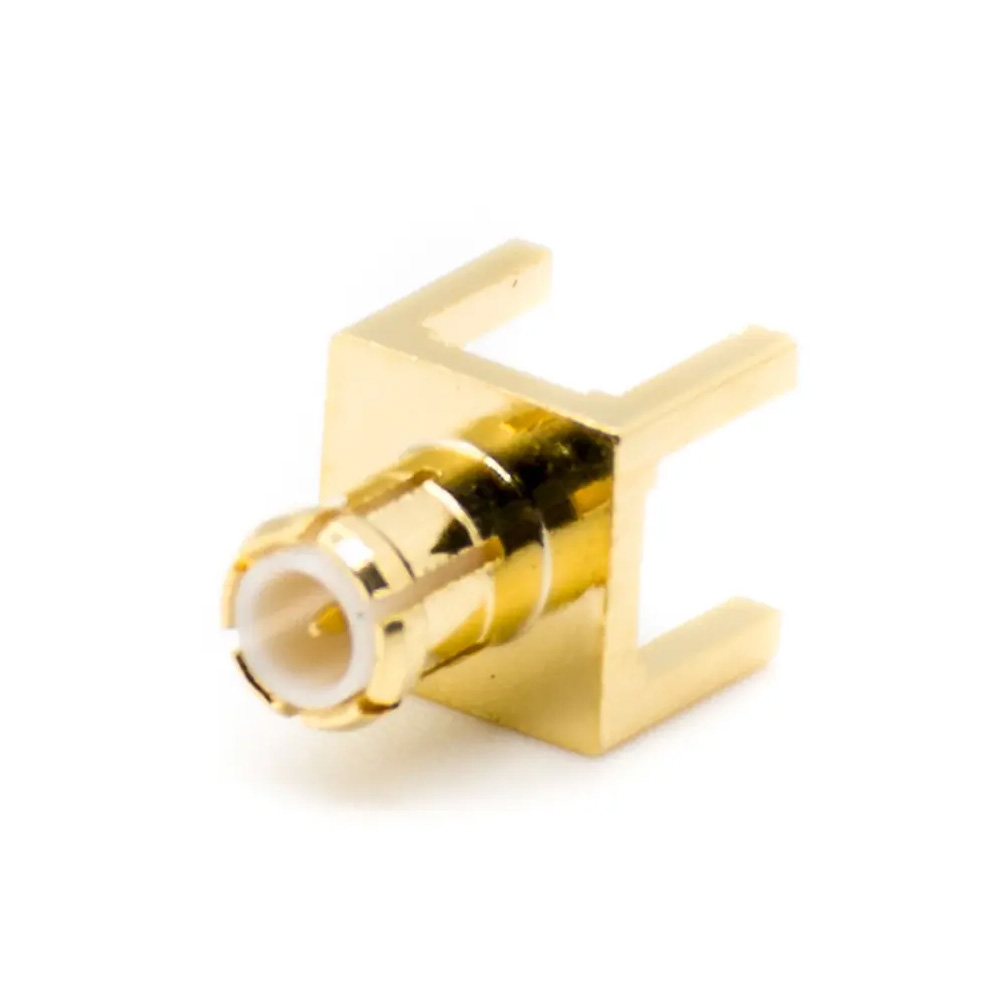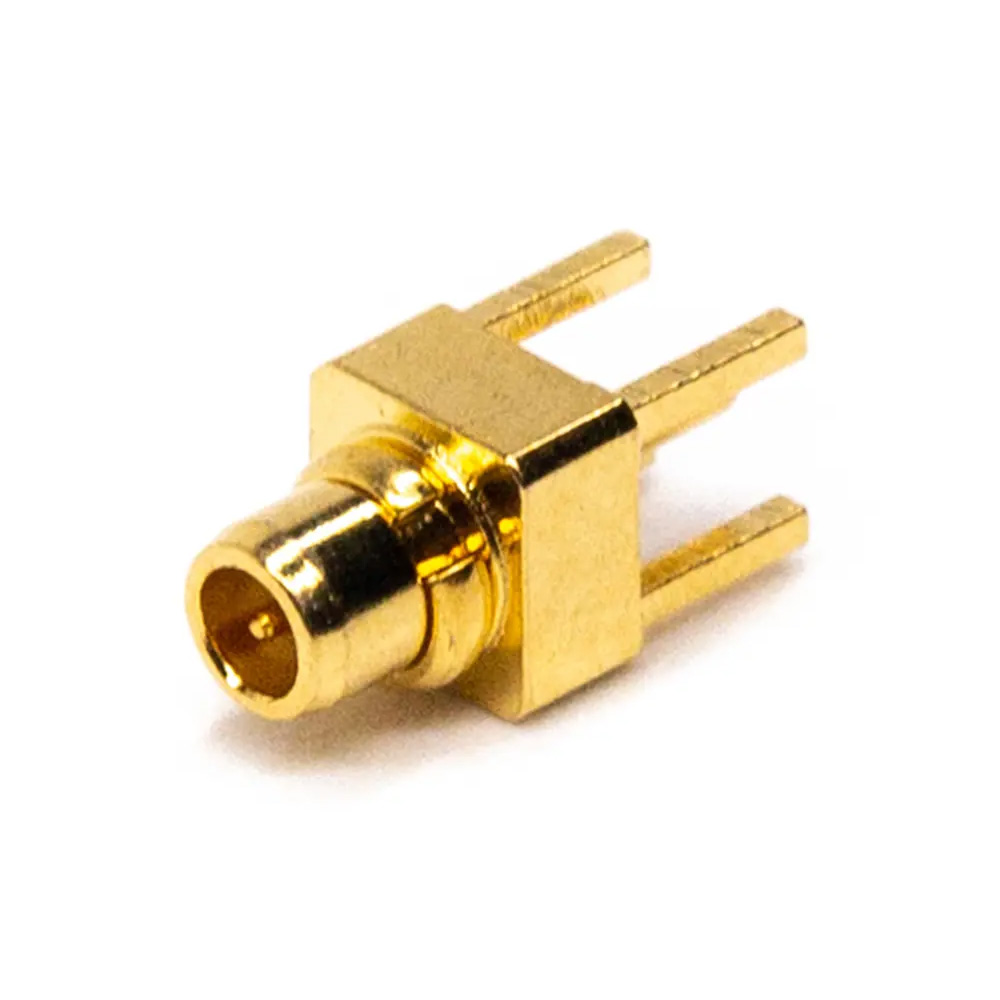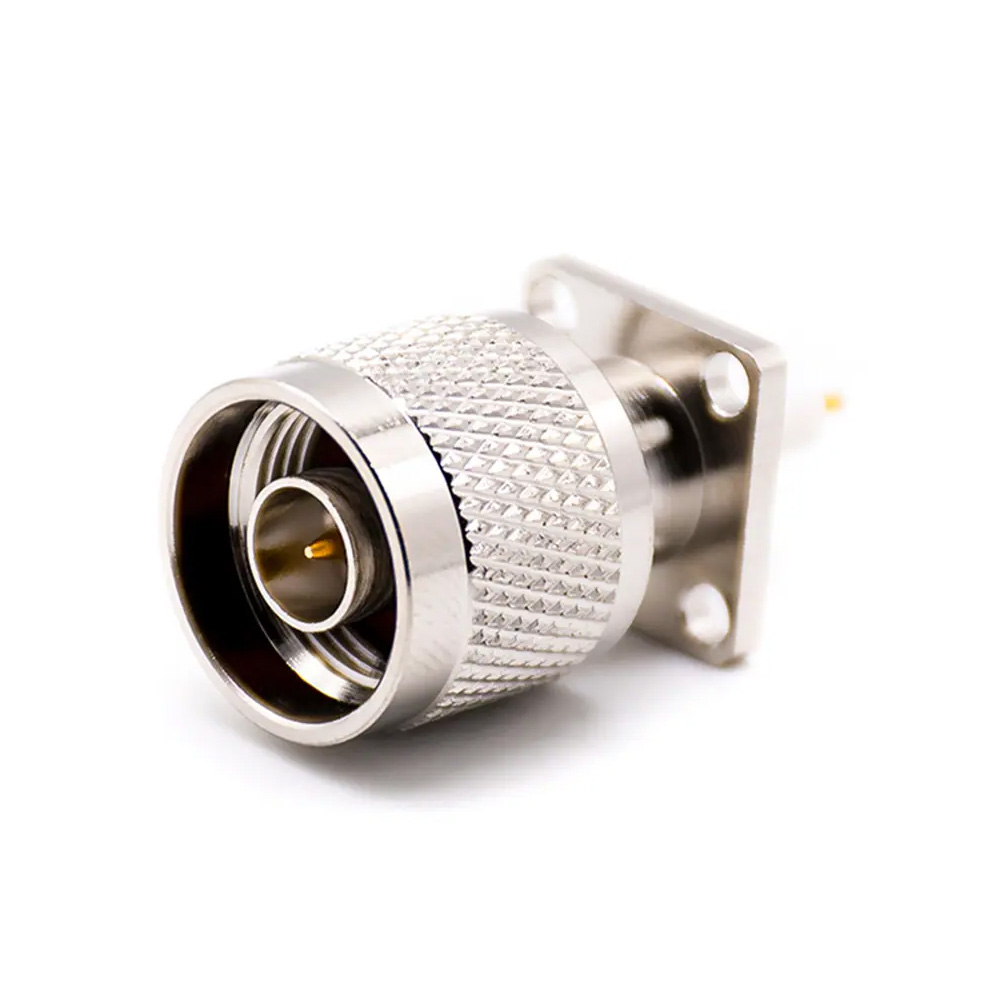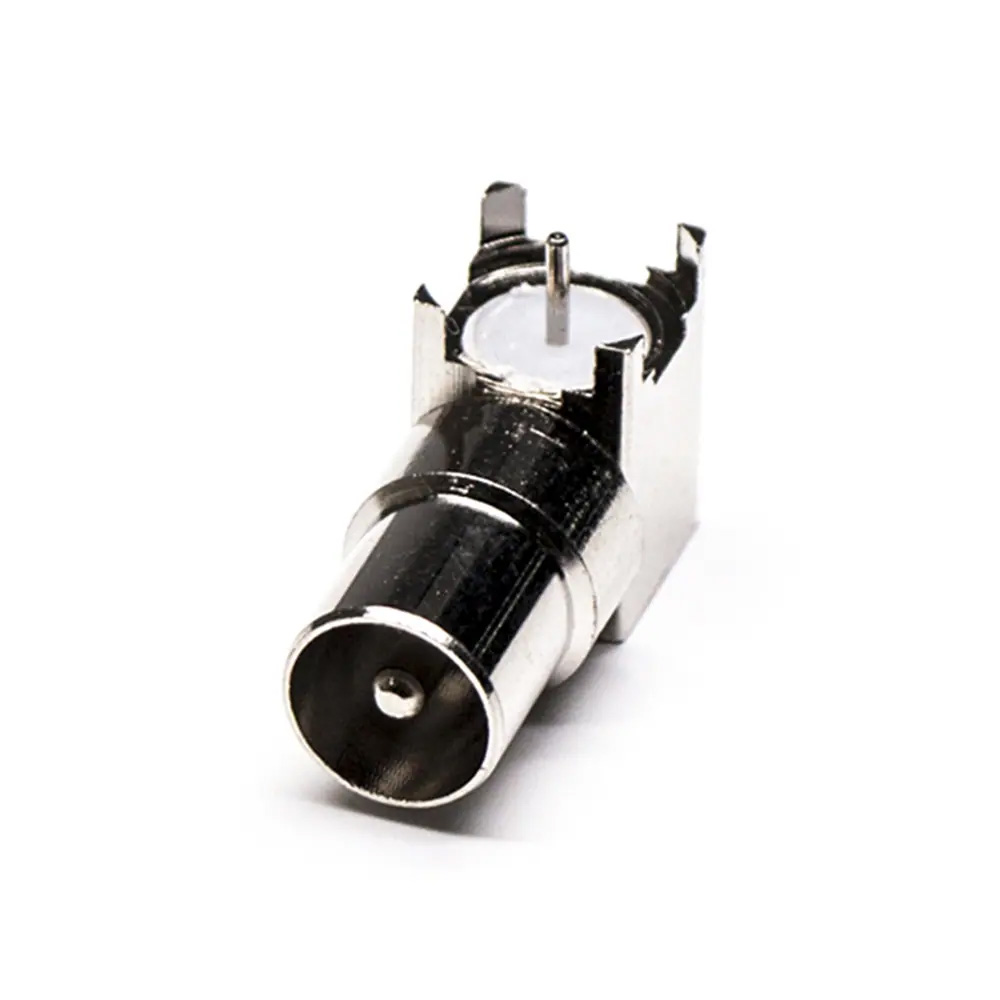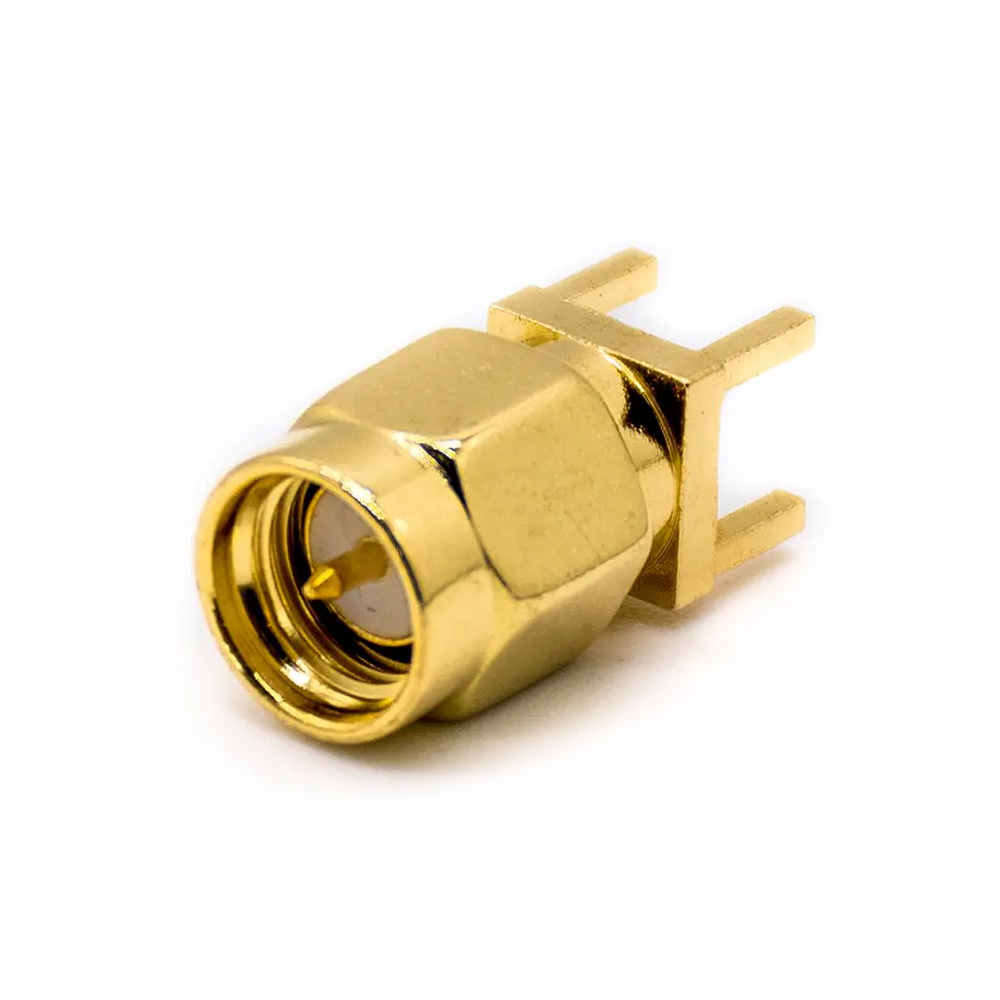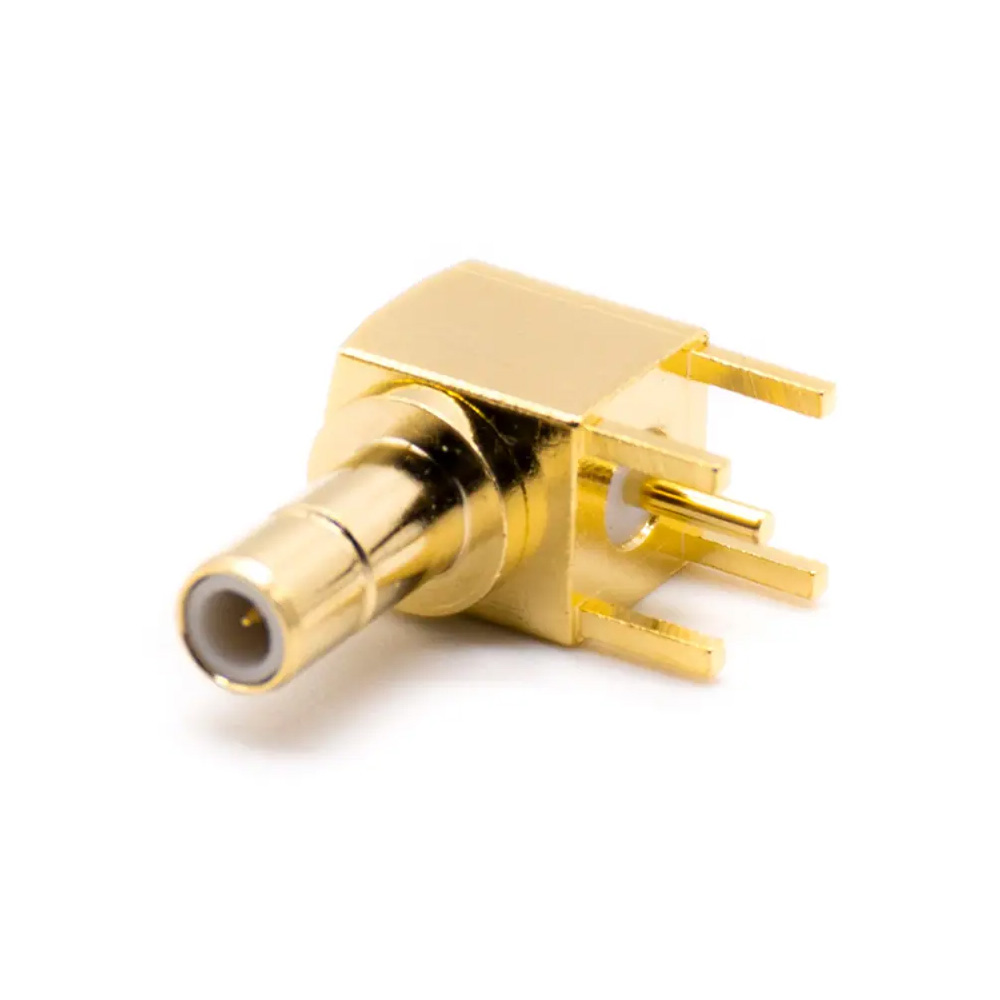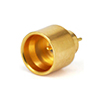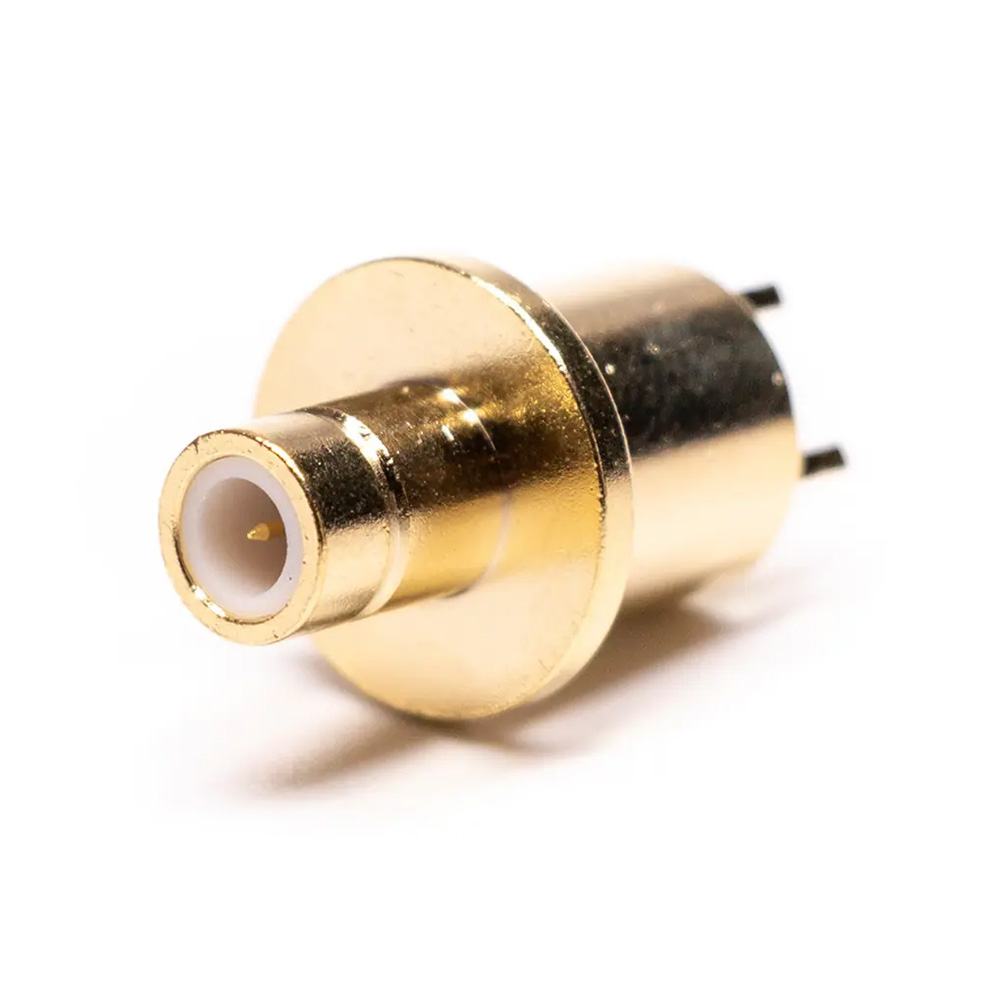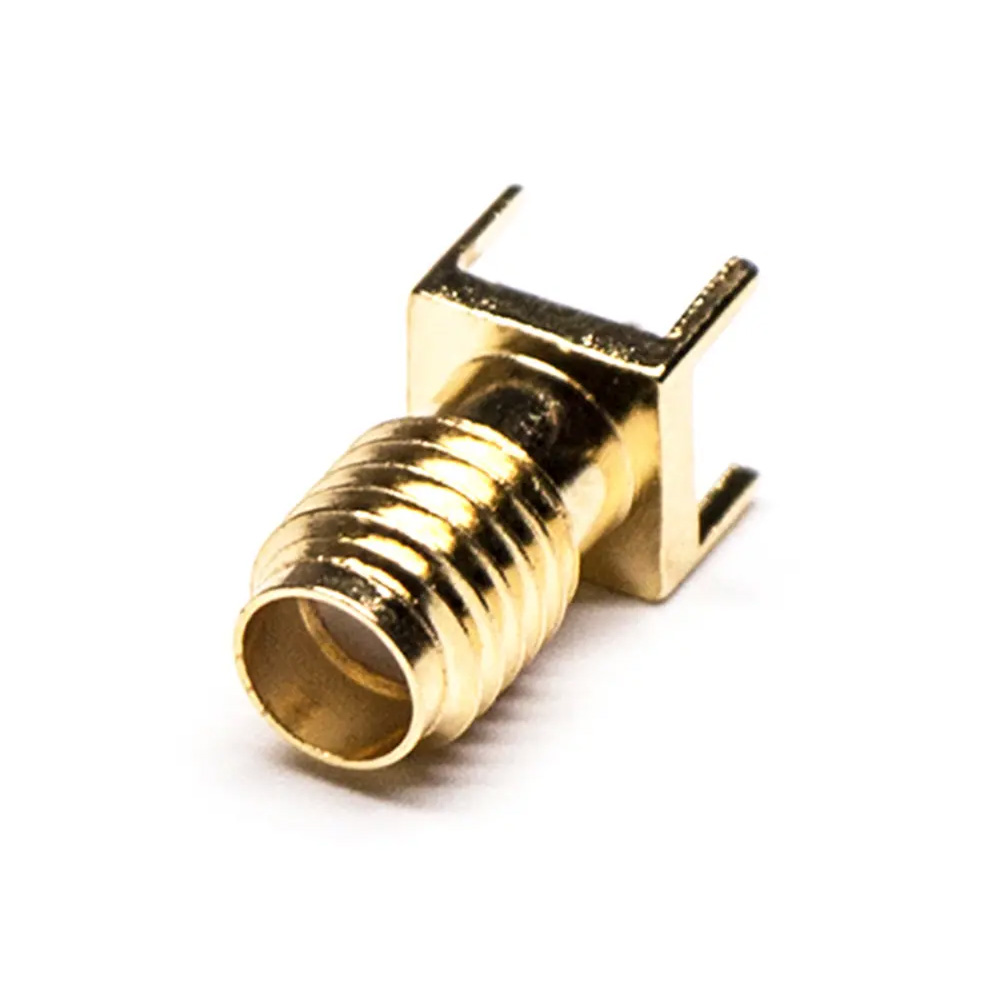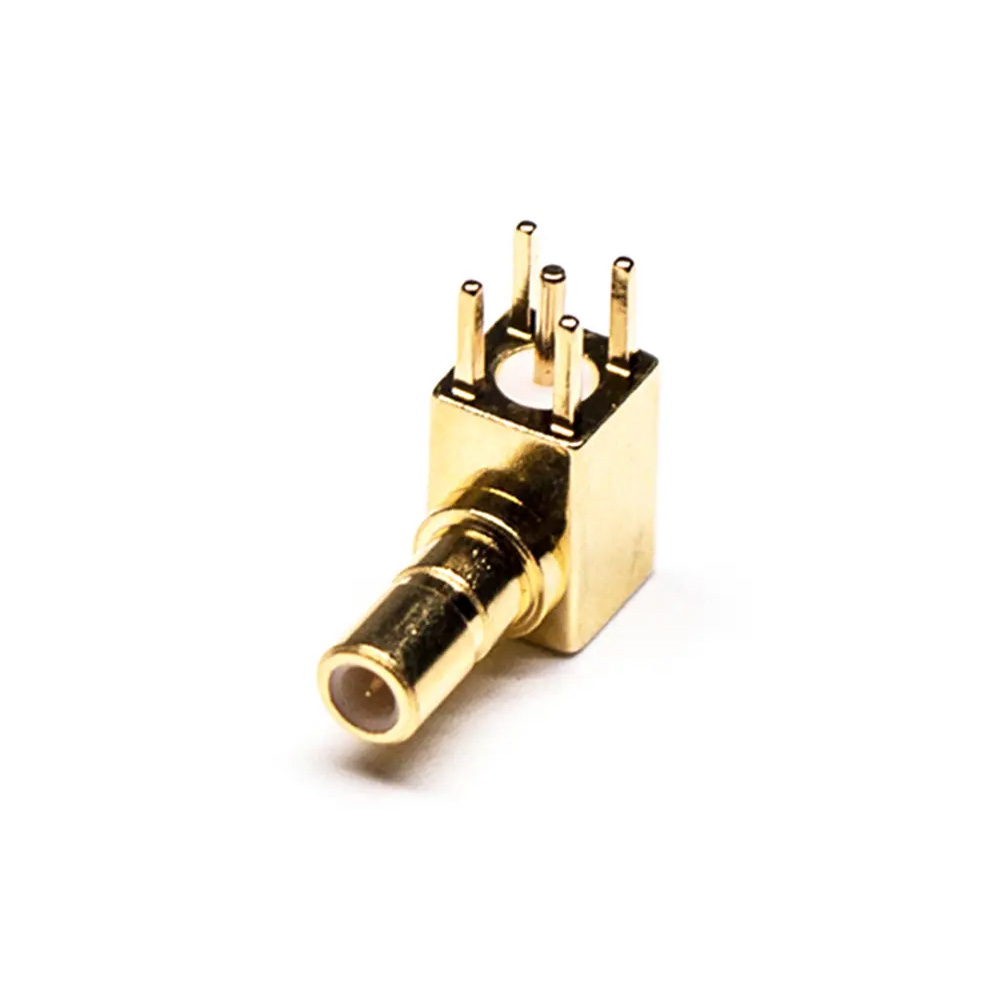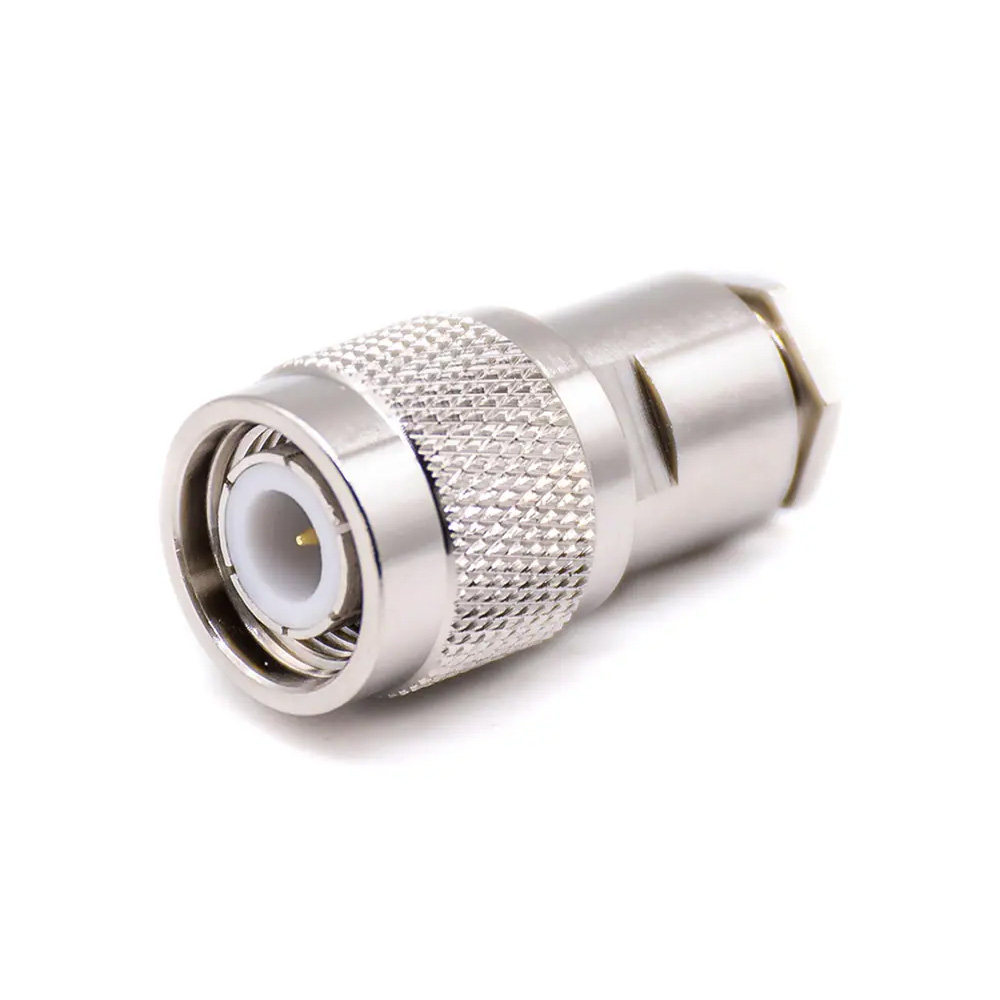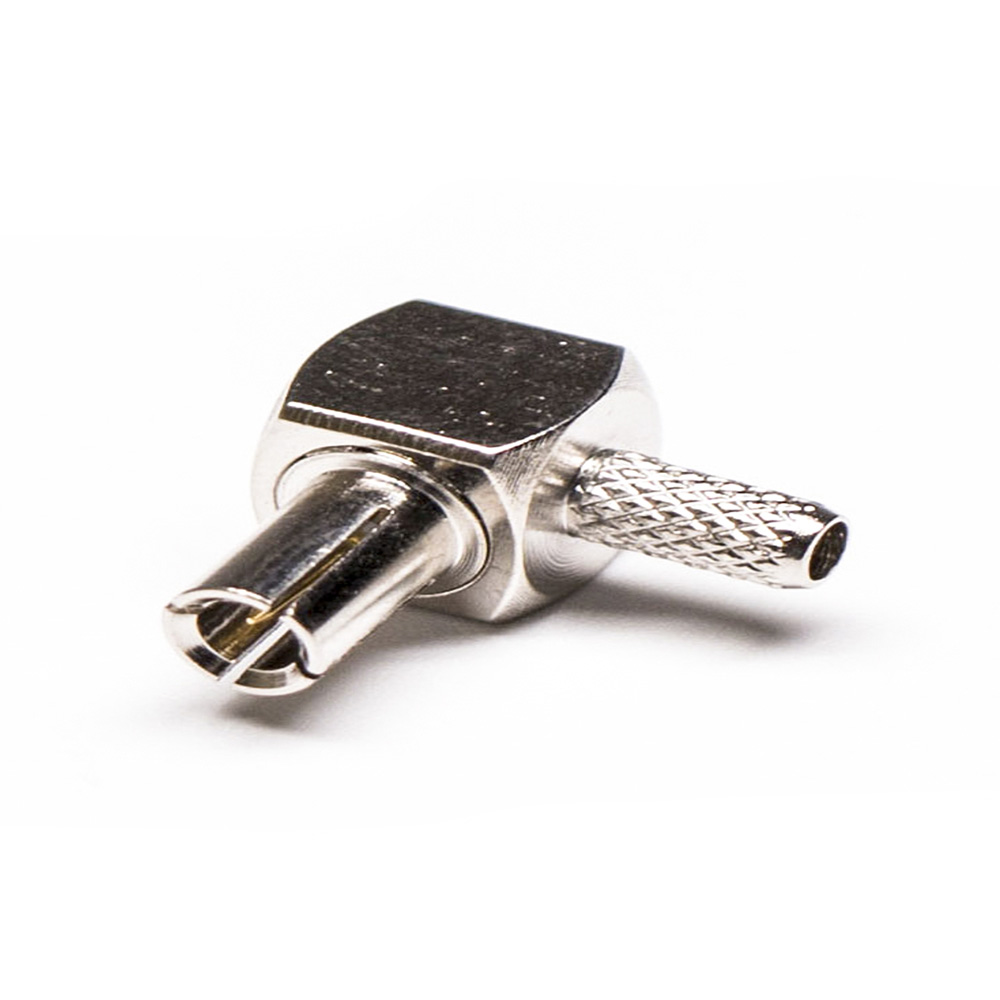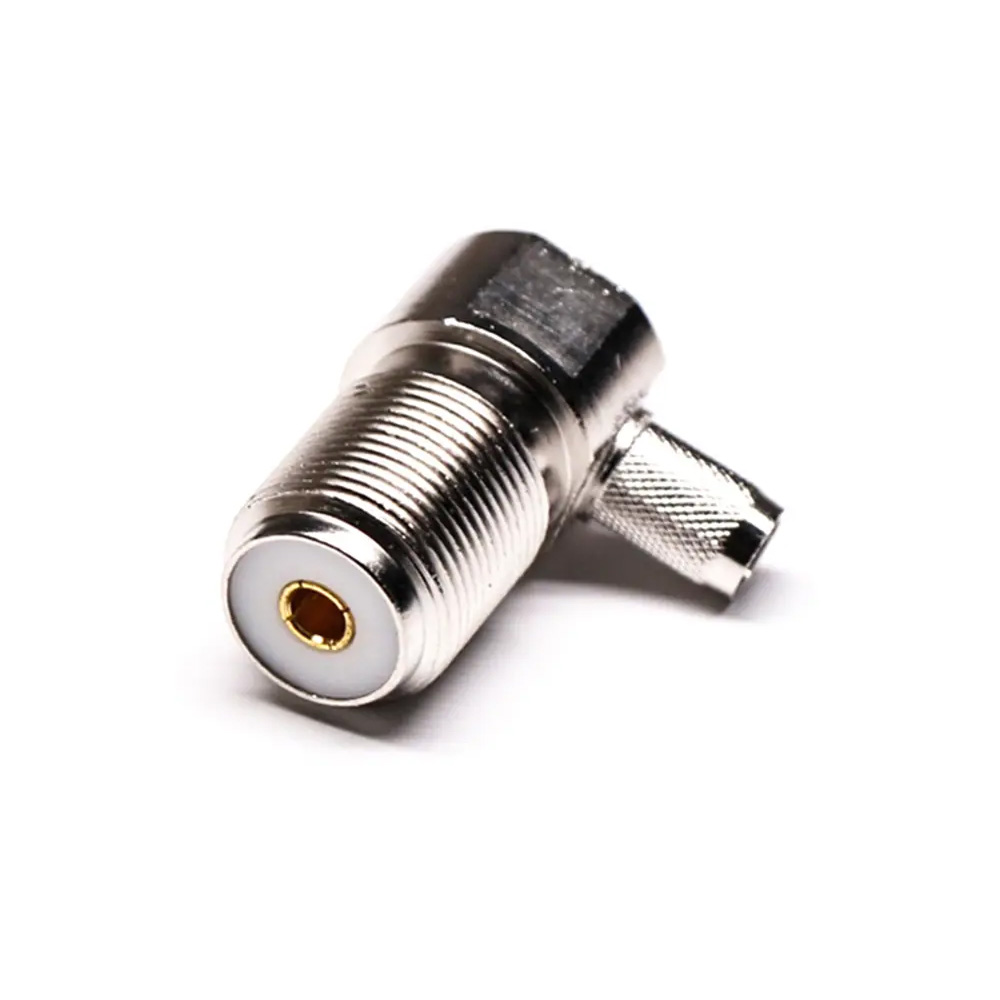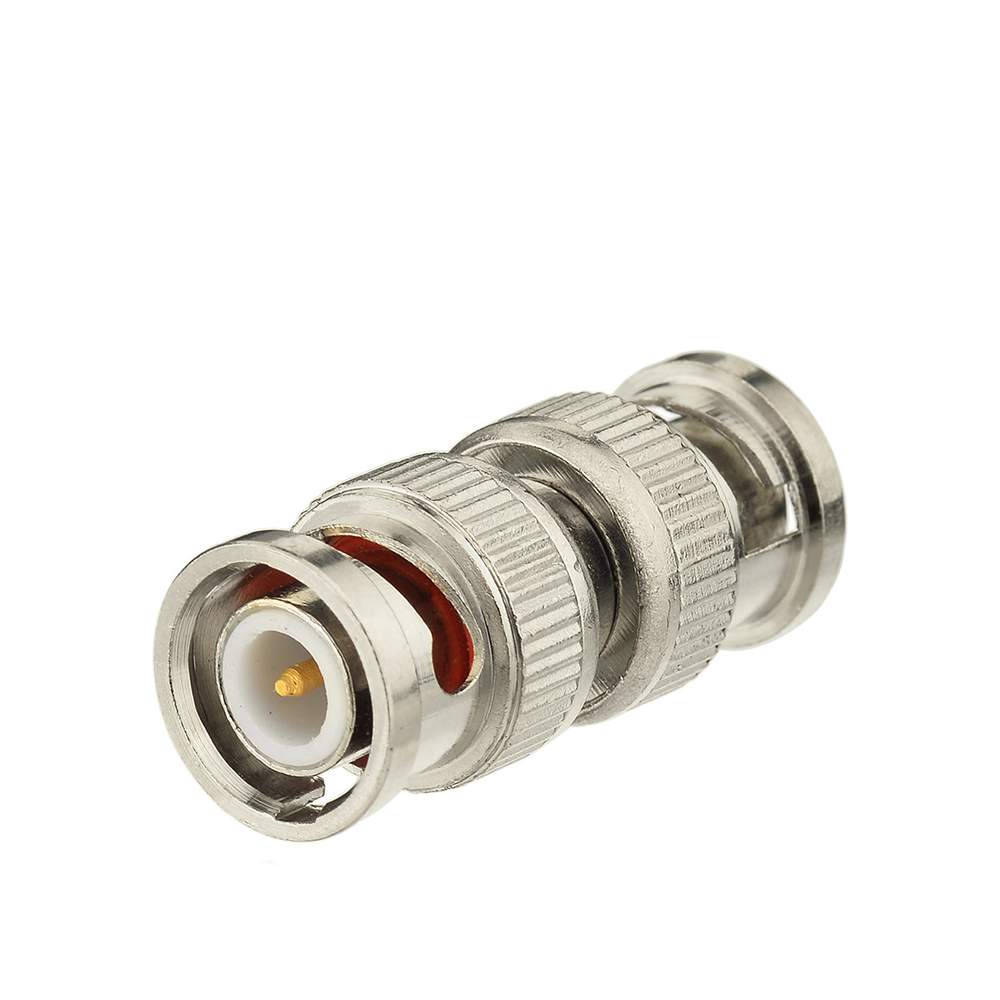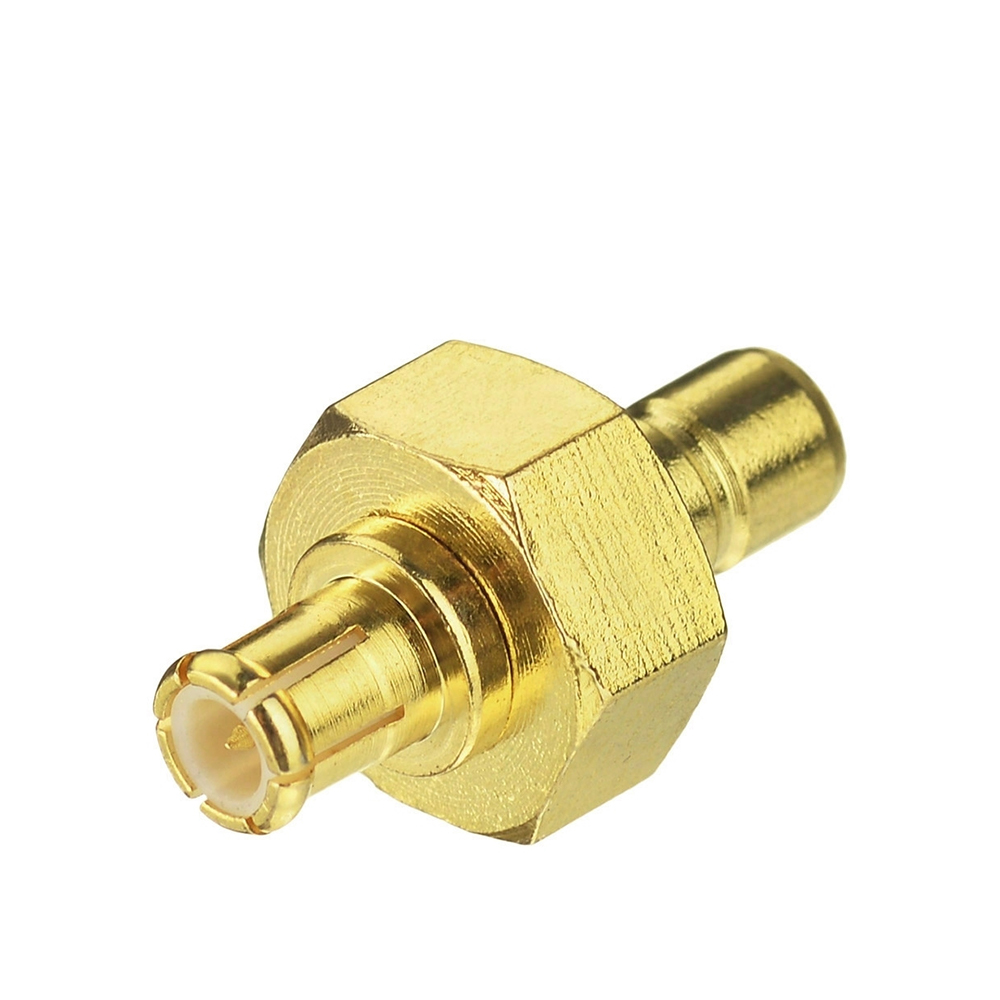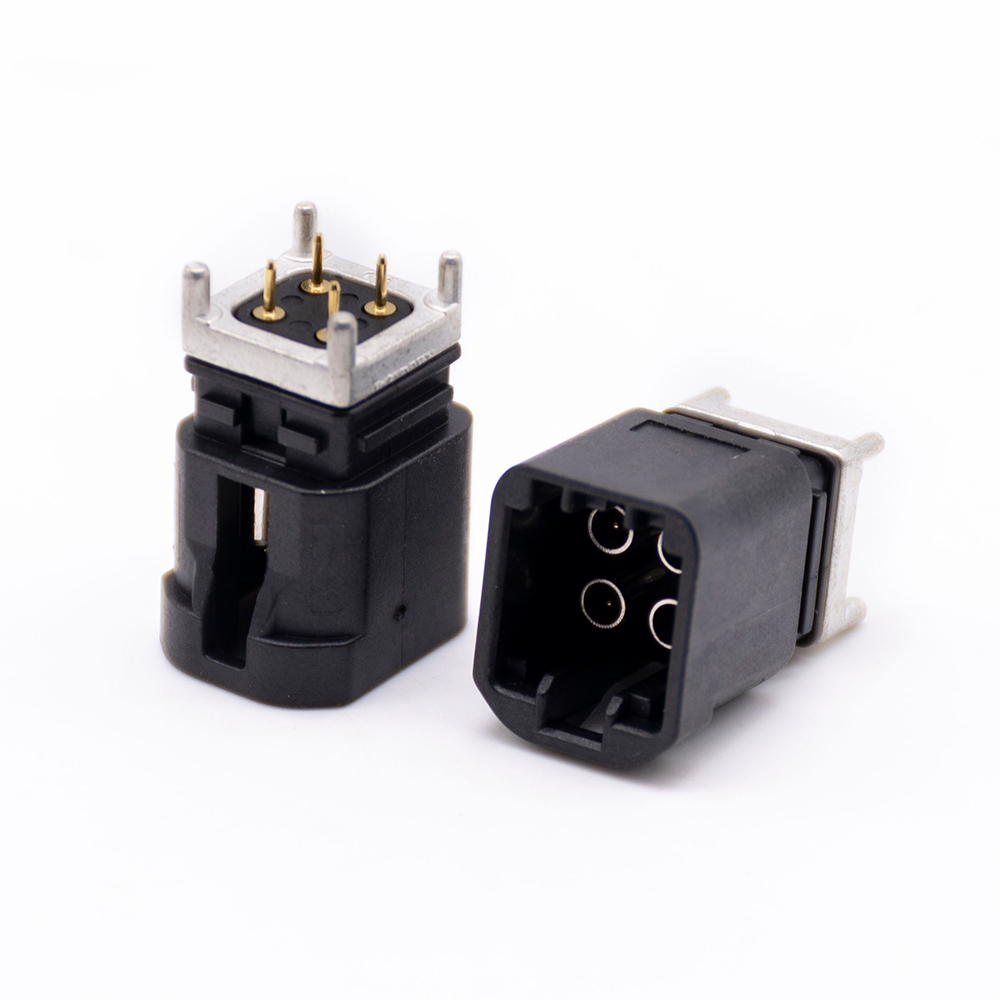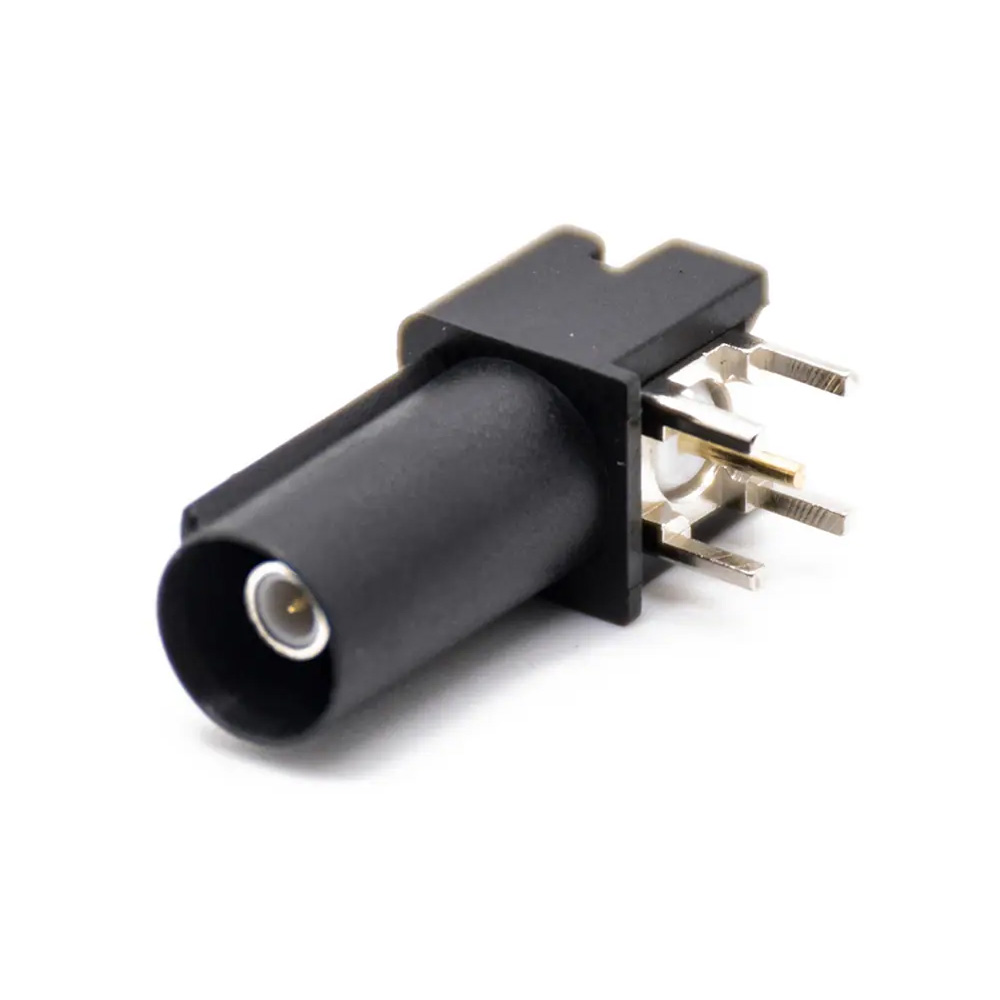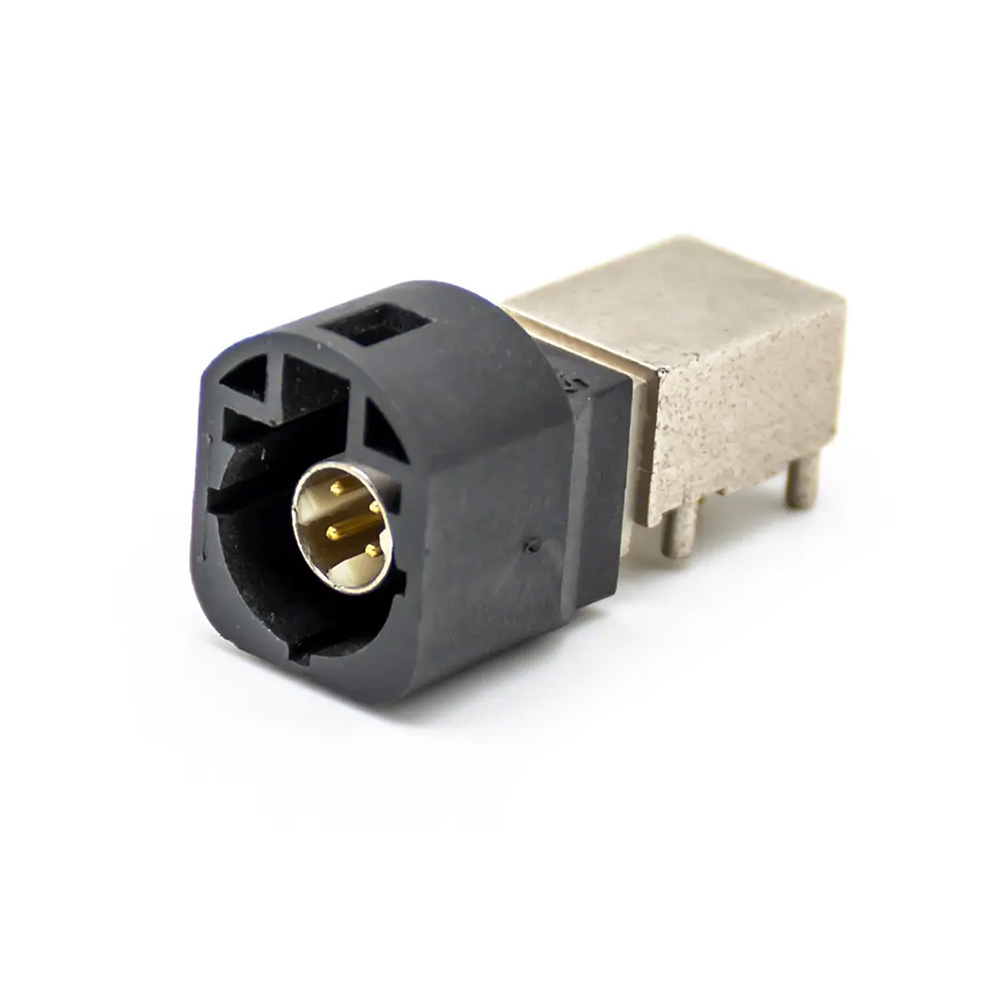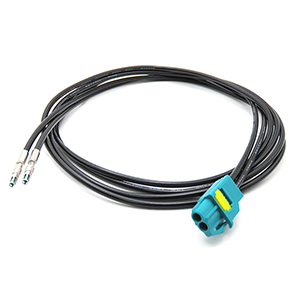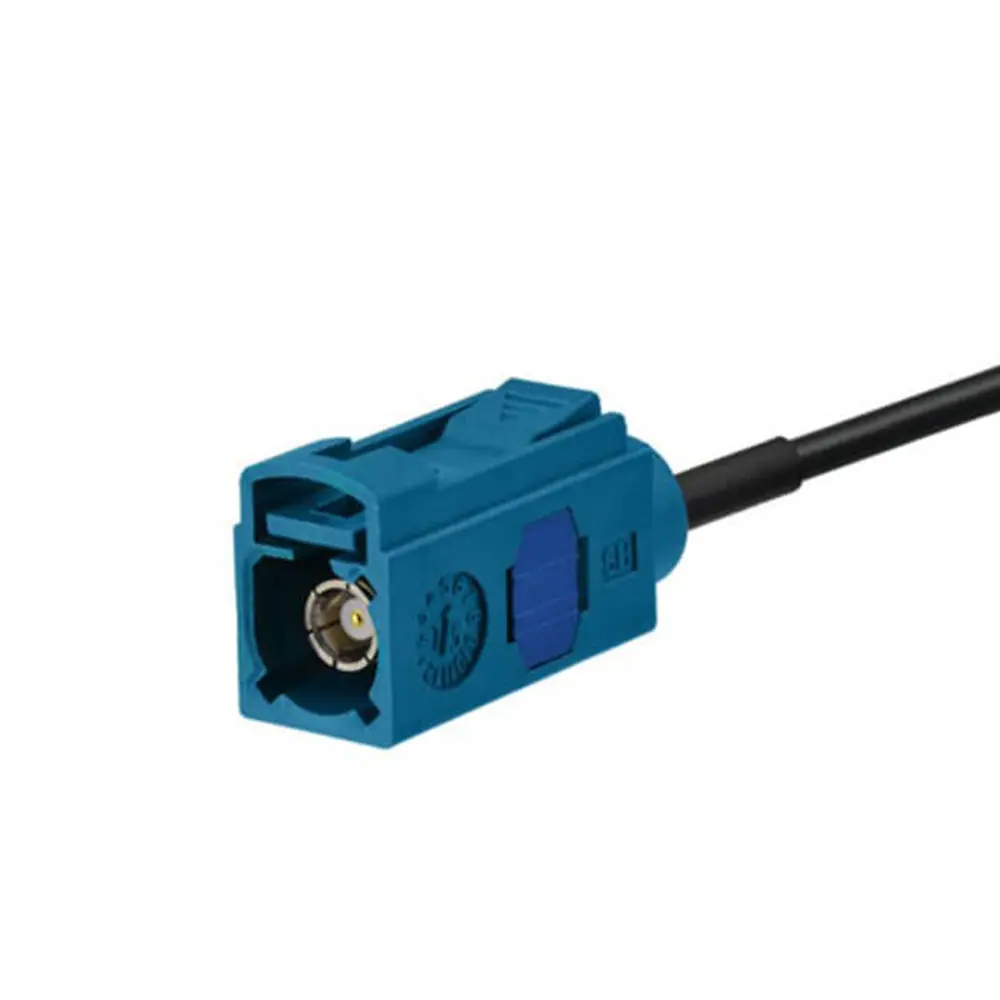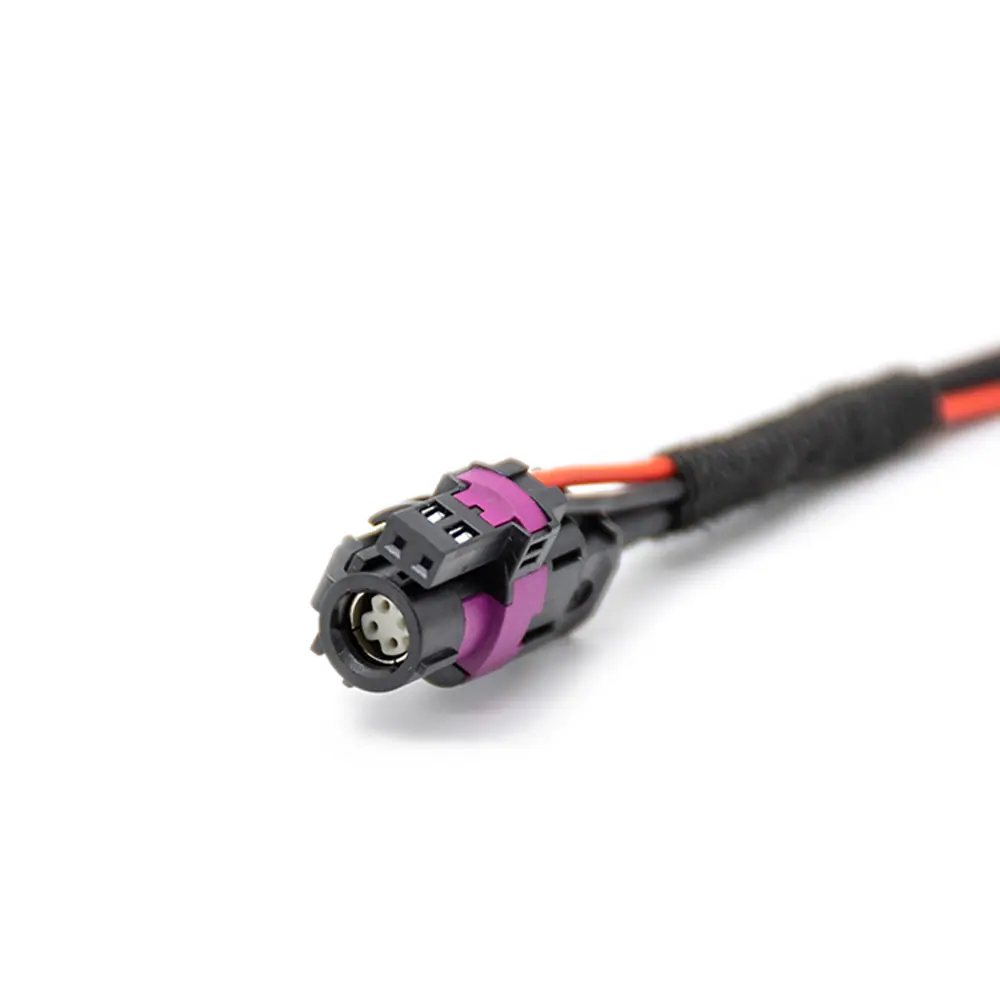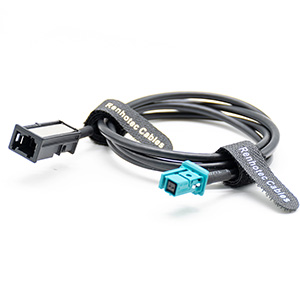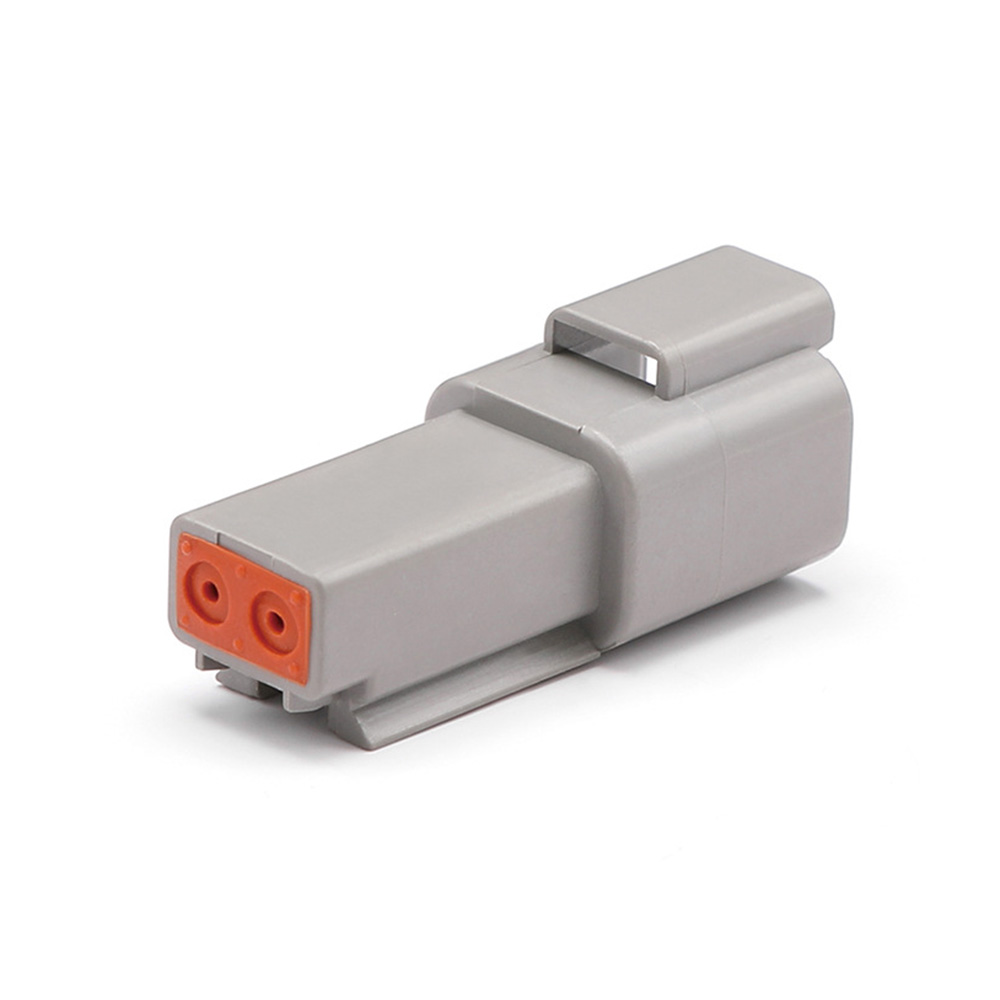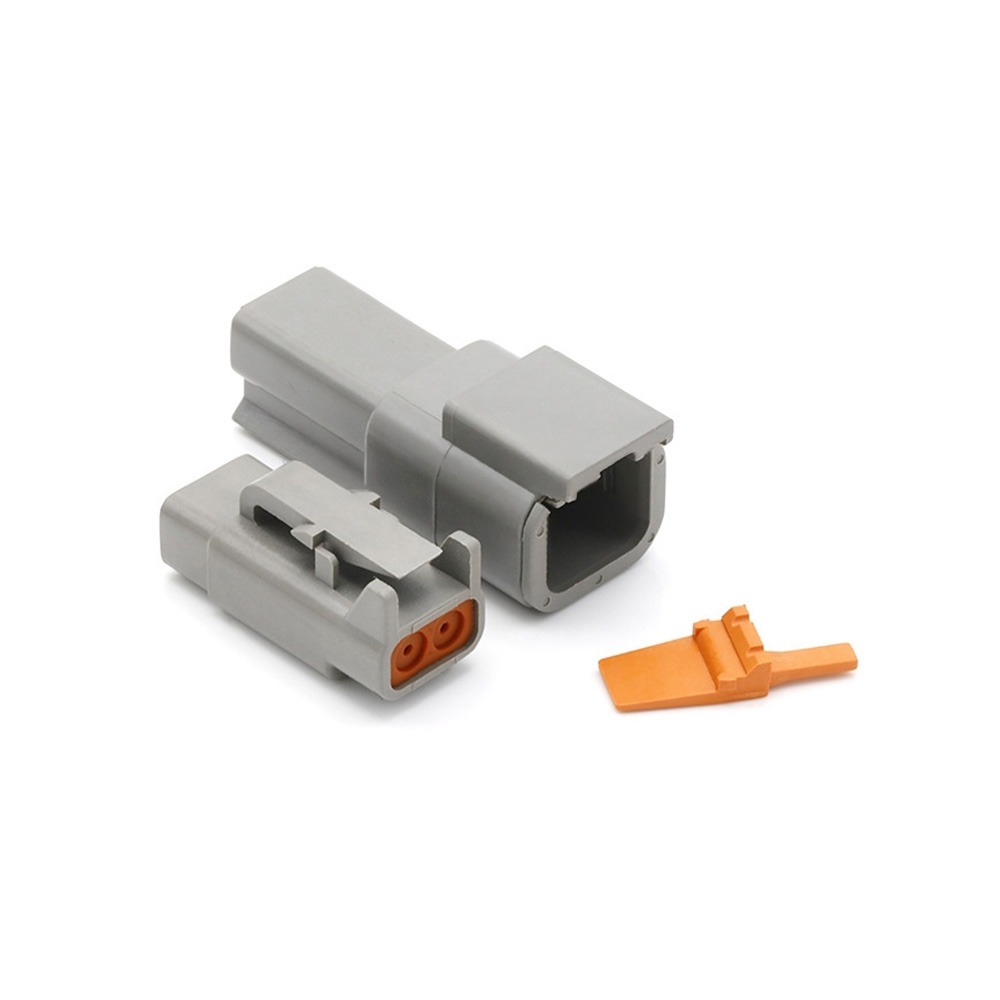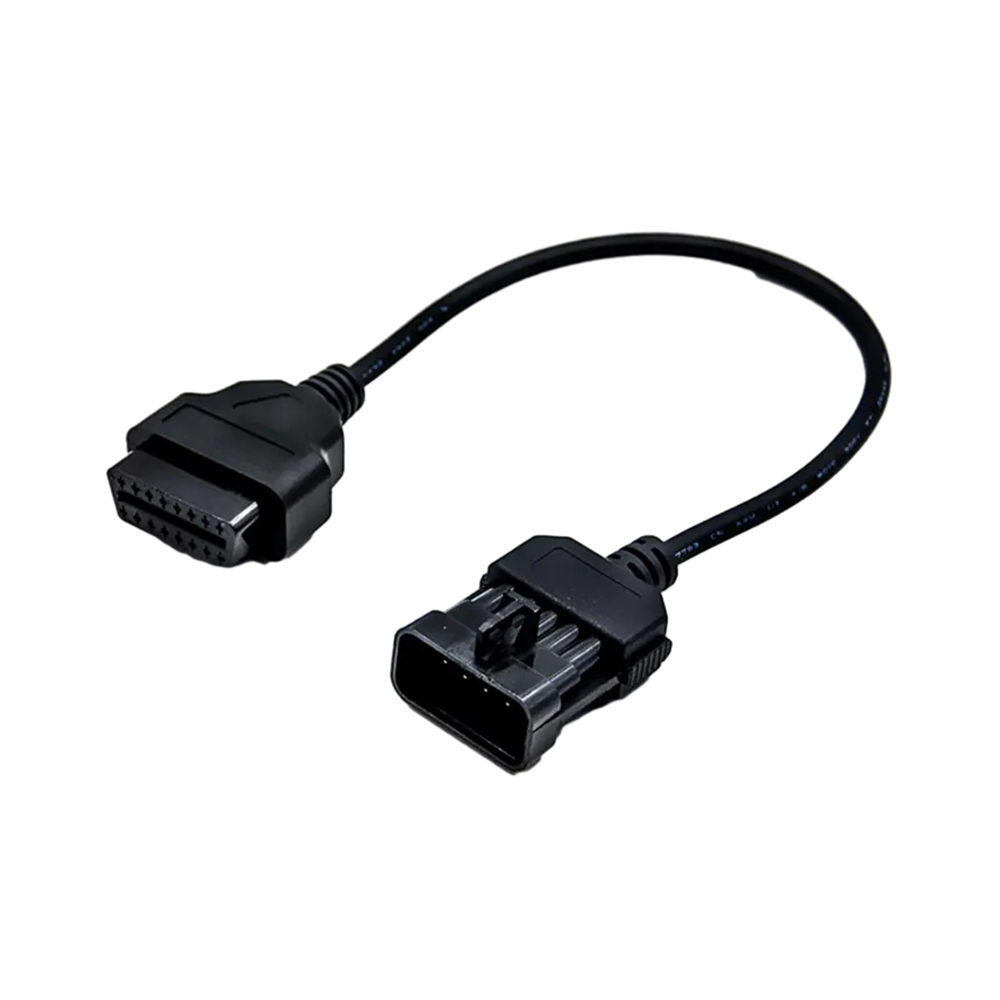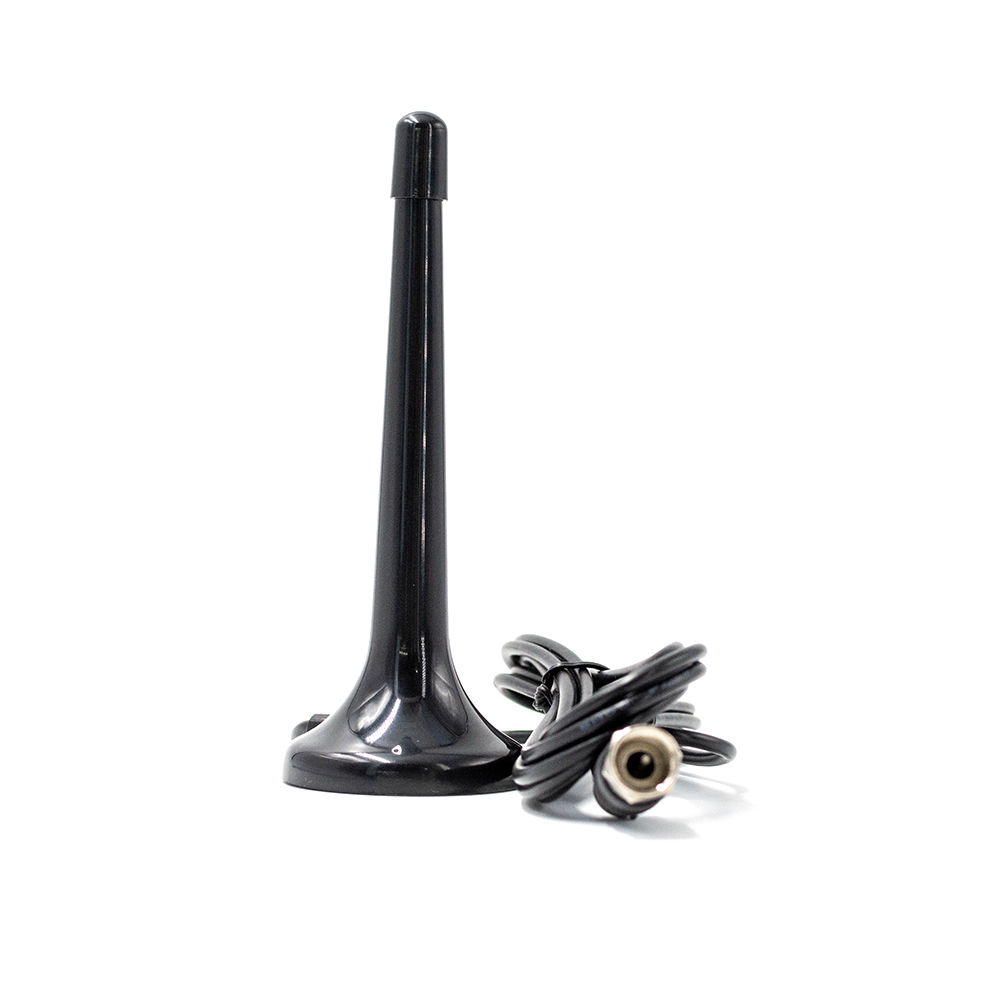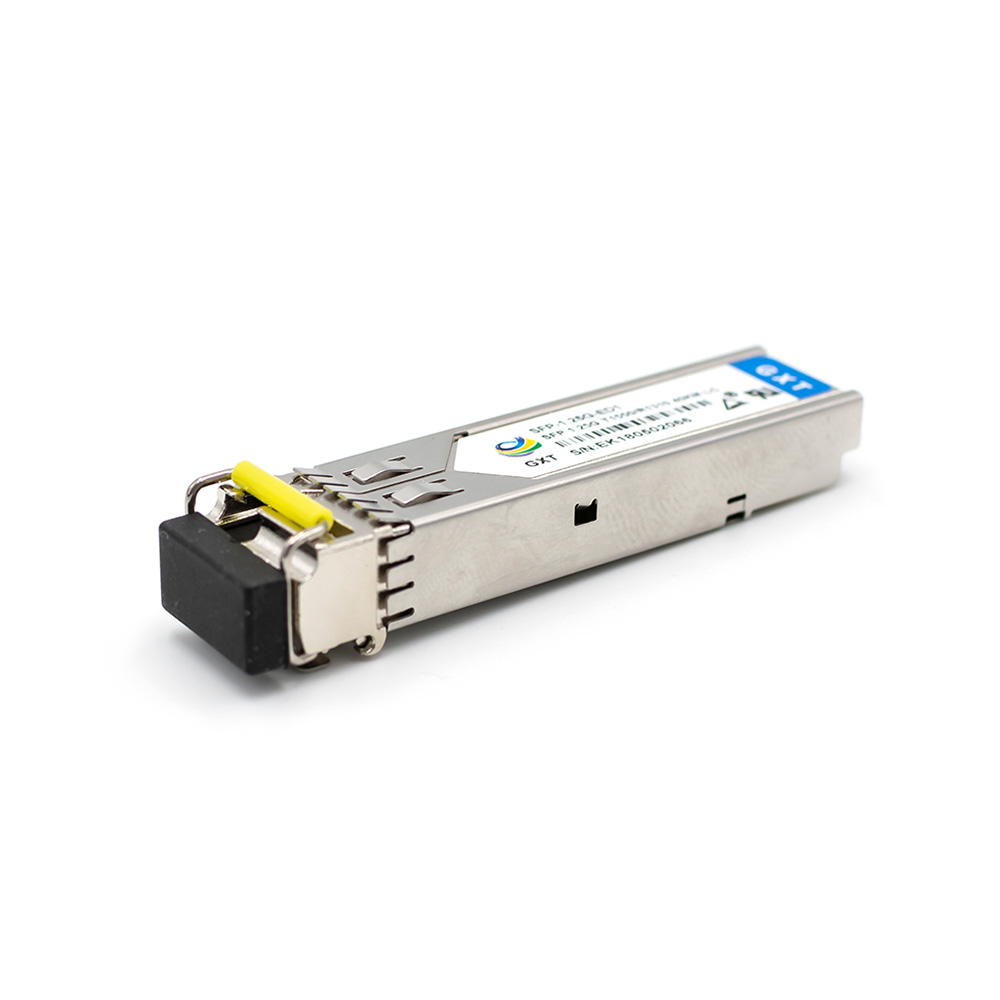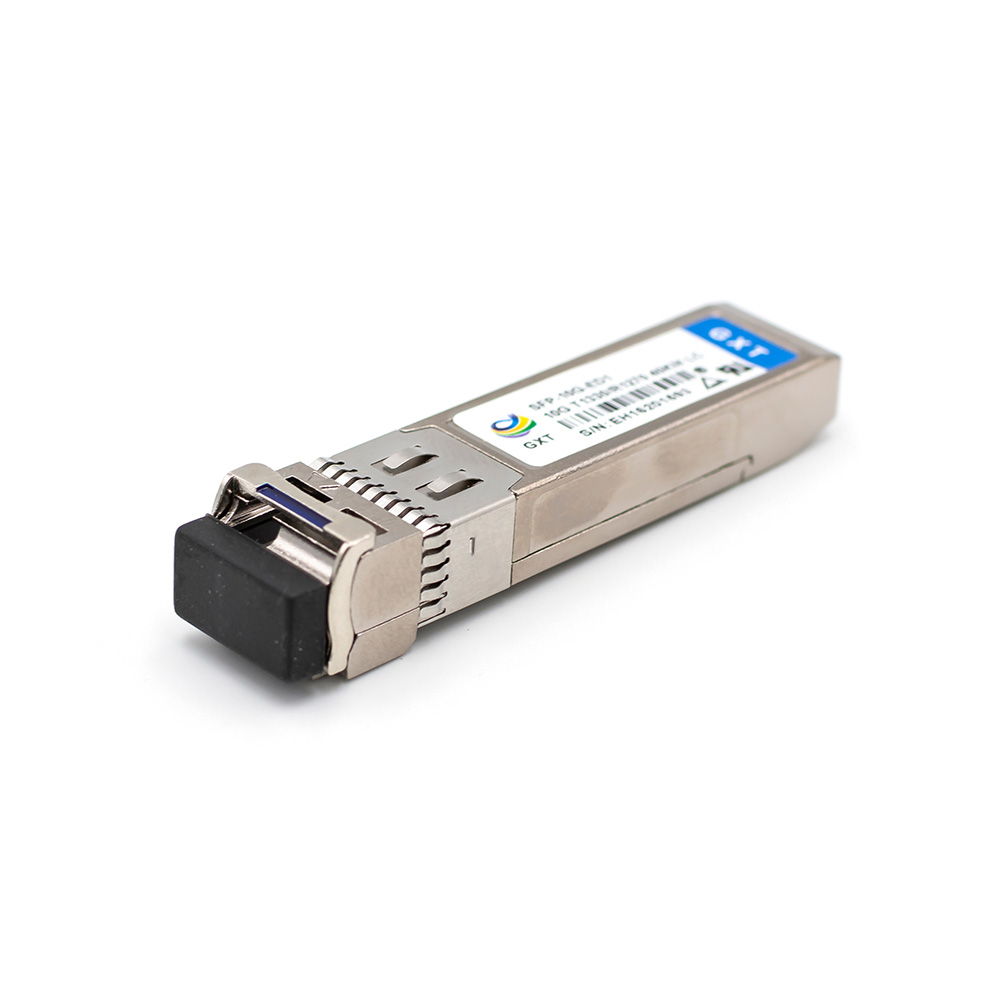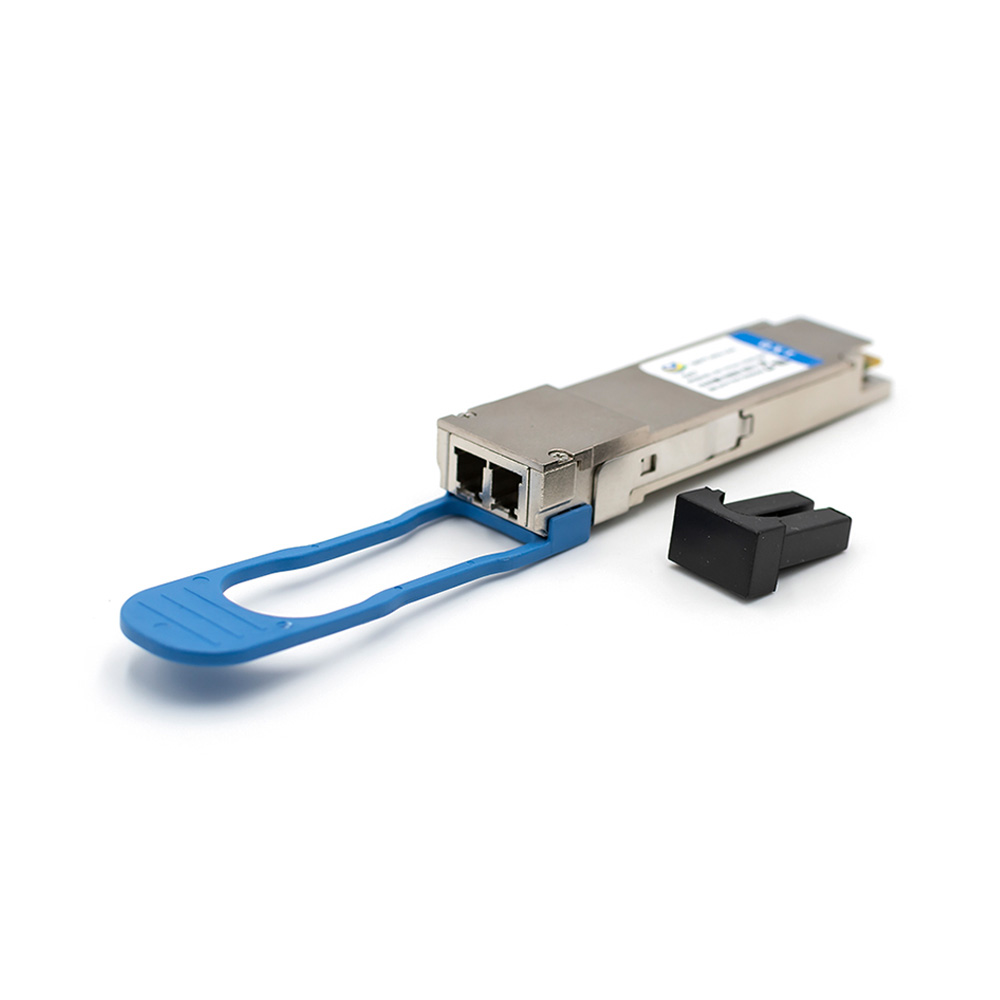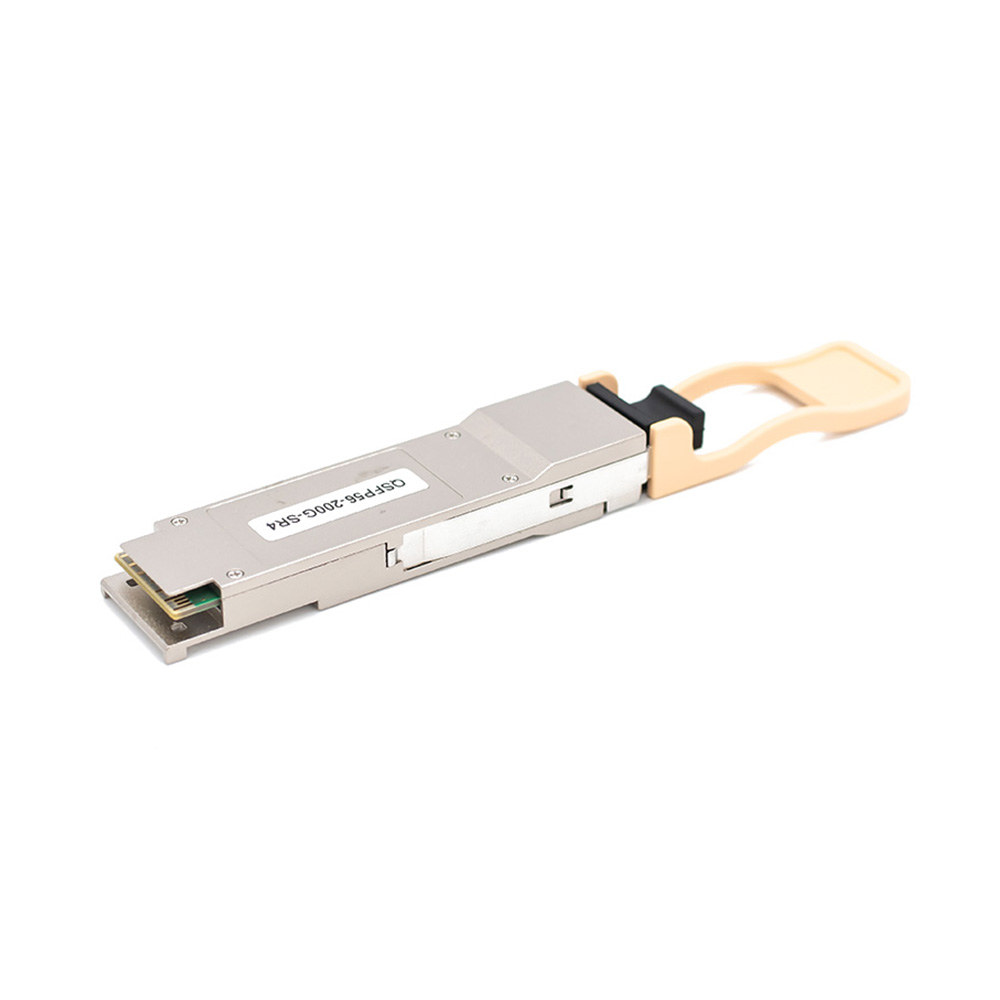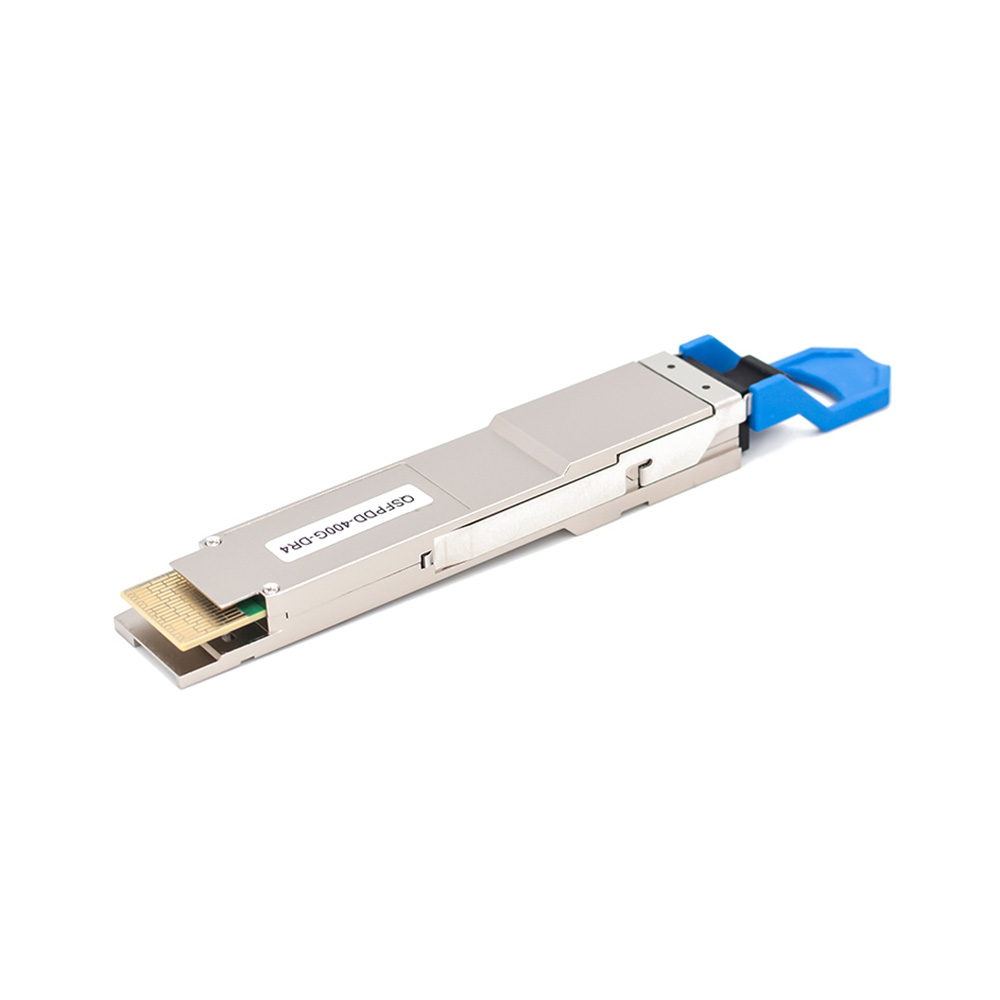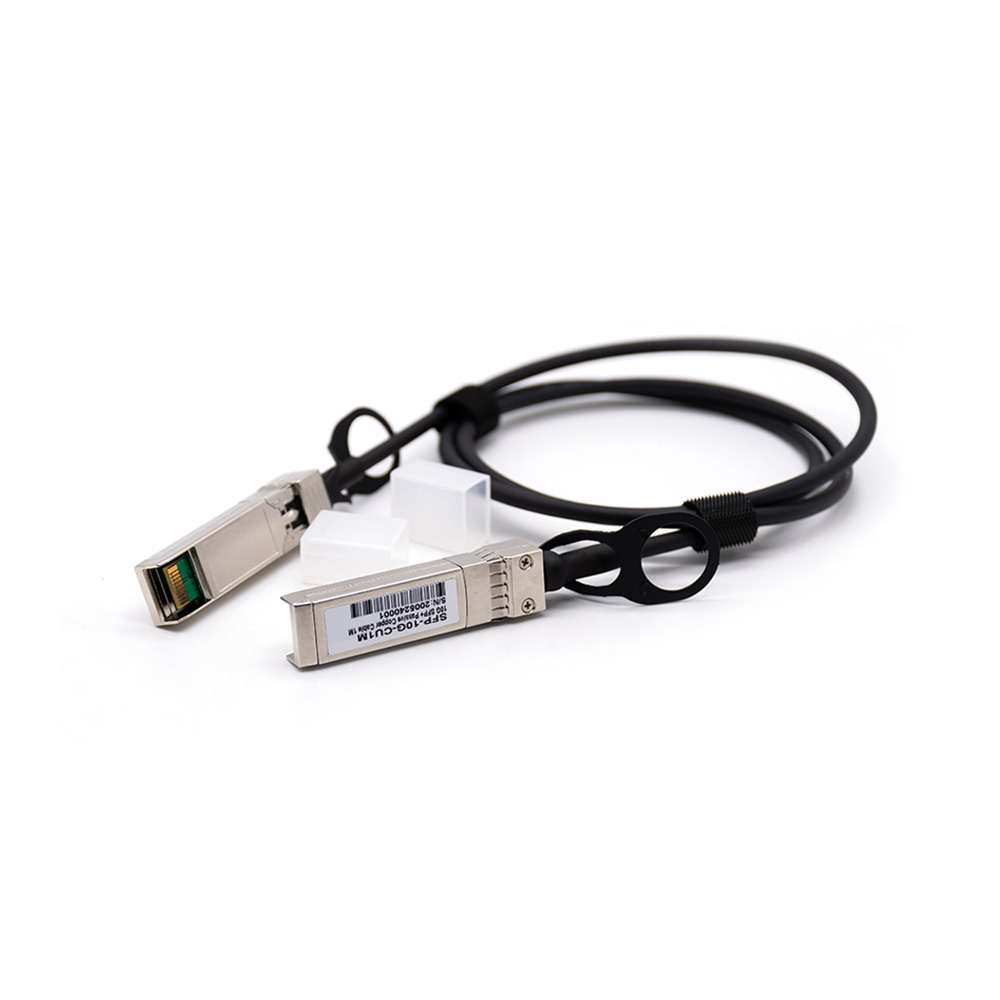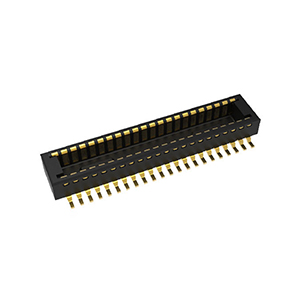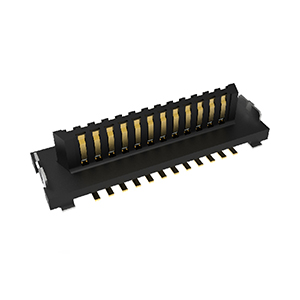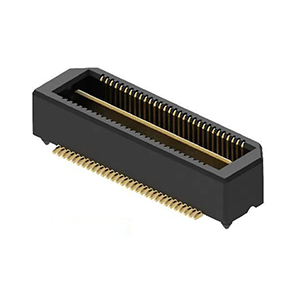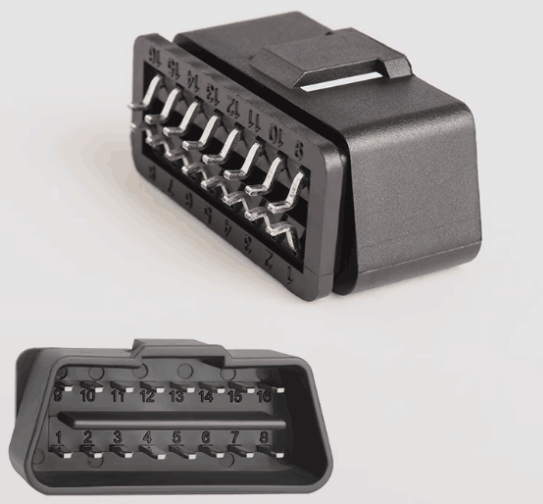Products
What is an OBD Connector?
Ever wondered how a mechanic can figure out what’s wrong with your car so quickly? Or how they pull up detailed info about your vehicle with just a small gadget? The answer lies in something called the OBD connector—short for On-Board Diagnostics connector. It’s a little plug that’s become a big deal in the automotive world, helping everyone from pros to car enthusiasts keep vehicles running smoothly. Let’s break it down and see what it’s all about

The Basics: What Is It?
Picture the OBD connector as your car’s version of a USB port. You know how you plug a USB into your computer to transfer files or check things out? The OBD connector does something similar for your car. It’s a standardized 16-pin plug that lets diagnostic tools “talk” to your vehicle’s brain—officially called the Electronic Control Unit (ECU). This little bridge makes it possible to peek into your car’s systems, spot problems, or even tweak settings.
You’ll usually find it tucked inside your car—maybe under the steering wheel, near the dashboard, or below the center console. Some cars even hide one in the engine bay for quick access. Each of those 16 pins has a specific role, like handling power, sending data, or keeping things grounded. Together, they connect to sensors and systems all over your vehicle.
The best part? It’s universal. Thanks to standards like ISO 15031-3 and SAE J1962, the OBD connector works the same way across most cars—whether you’re driving a Honda, a Chevy, or something fancier.
What Can It Do?
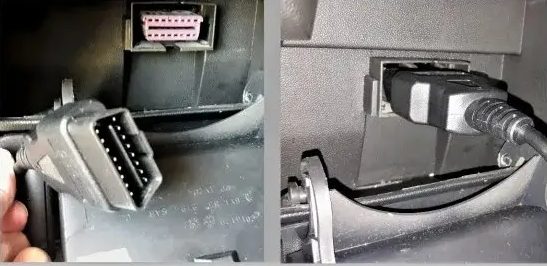
Links Up Diagnostic Tools
It connects your car’s electronic systems (like the ECU or Powertrain Control Module) to scanners or testers. That means mechanics—or even you, if you’re curious—can check out what’s happening inside without tearing the car apart.
Shares Data Both Ways
Want to know your engine’s RPM or how hot your coolant’s getting? The OBD connector sends that info to the diagnostic tool in real time. It also lets mechanics send commands back—like running tests or adjusting settings. It’s a two-way street!
Pinpoints Problems
When that pesky check-engine light pops on, the ECU logs a fault code. The OBD connector passes that code to the diagnostic tool, letting the mechanic figure out if it’s a bad sensor, a misfire, or something else. No more playing guess-the-problem.
Handles Software Updates
Cars aren’t just hardware anymore—they run on software too. The OBD connector is the gateway for uploading updates or tweaking the ECU, keeping your ride up to date without a major overhaul.
Keeps Emissions in Check
During a smog test, inspectors use the OBD connector to pull data about your car’s emissions—like how much junk’s coming out of your exhaust. It’s proof your car’s playing nice with the environment.
Tracks Performance
Car geeks love this one. Plug in a device, and you can monitor real-time stats like fuel efficiency or engine power. Some even use it to tweak their car for better performance—think of it as a DIY tuning tool.
Records Data for Later
It can log info for future use. Fleet managers might track how their trucks are driven, or manufacturers might analyze it to build better cars down the line.

